Native American Art
1/42
Earn XP
Description and Tags
Exam 1
Name | Mastery | Learn | Test | Matching | Spaced |
|---|
No study sessions yet.
43 Terms
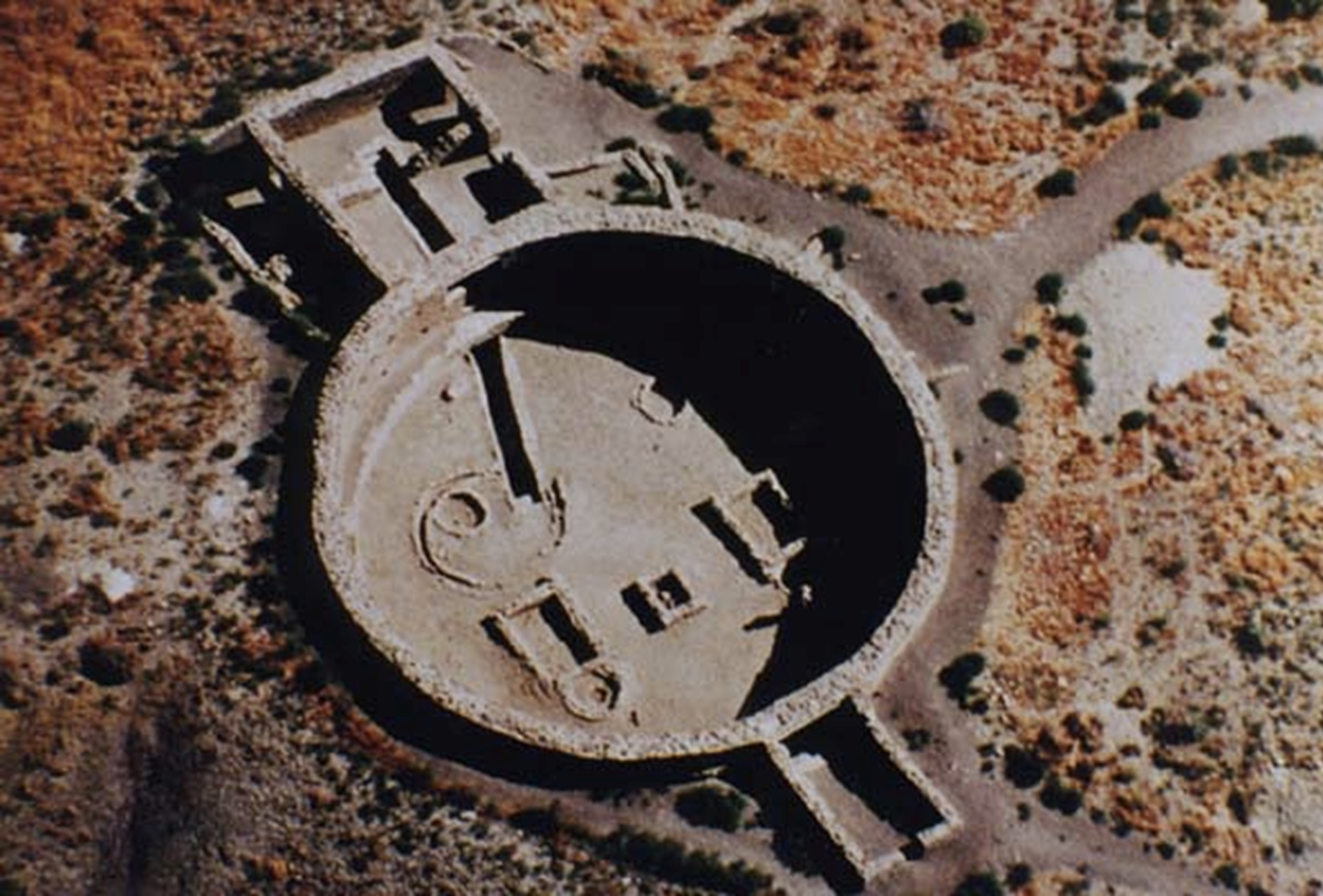
Anasazi c. 1100–1250 CE Ancestral Puebloan Casa Rinconada, Chaco Canyon, New Mexico
Large kiva; solar alignment; community ritual.
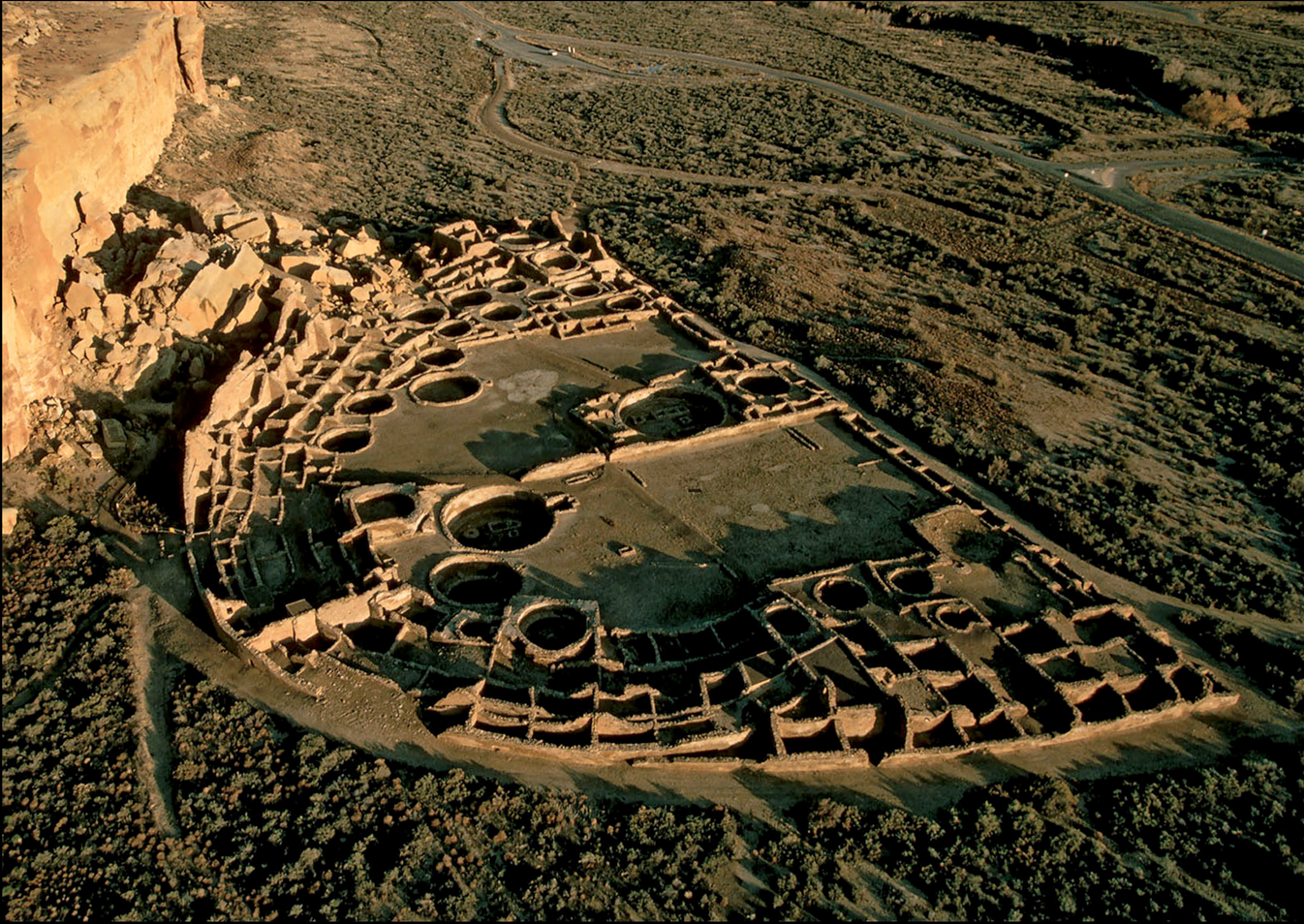
(Anasazi) Pueblo Bonito, Chaco Canyon, New Mexico, c. 900–1250 CE, Ancestral Puebloan
trade, astronomy, social hierarchy.
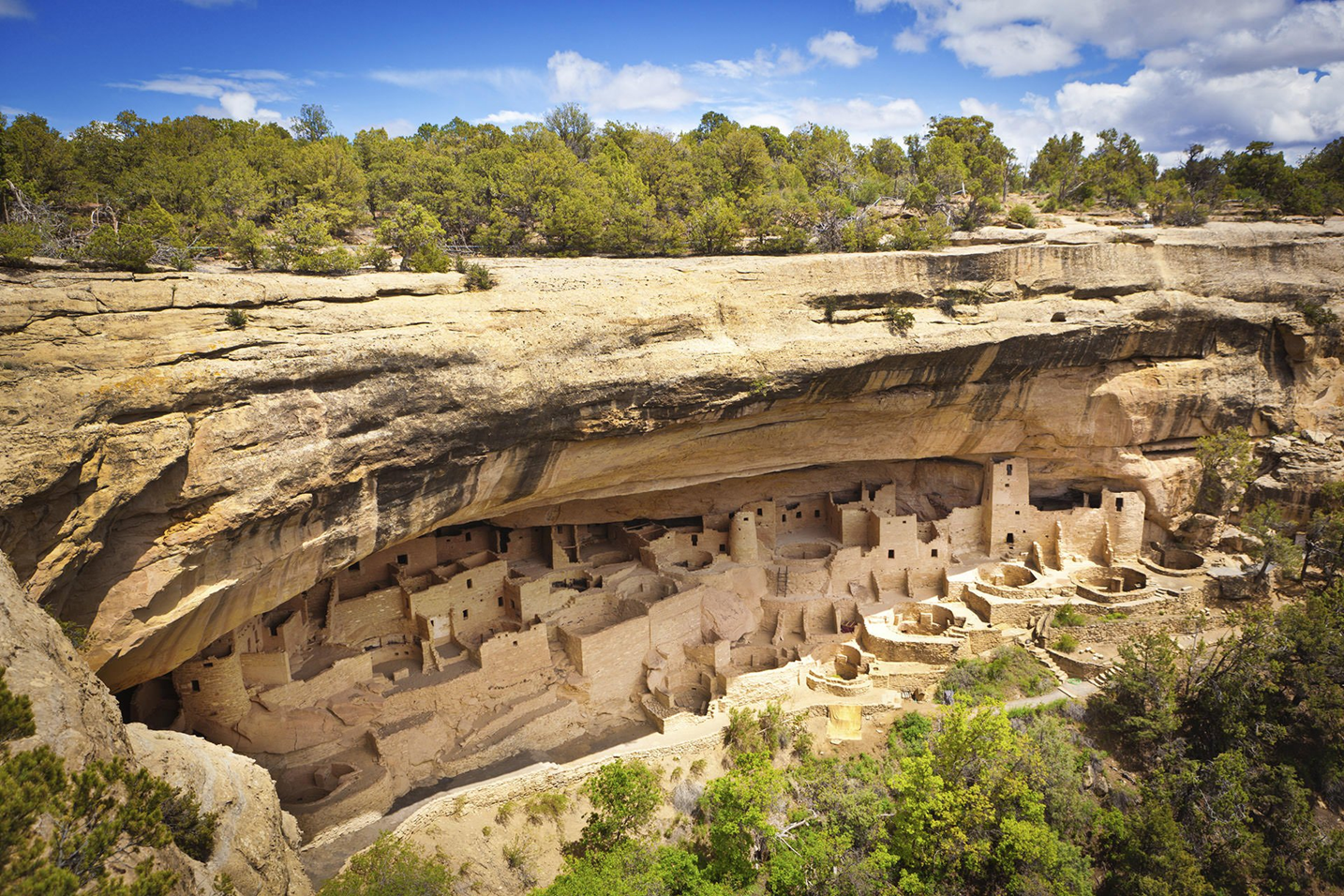
(Anasazi) 1190-1300 CE Mesa Verde, Mesa Verde National Park, Colorado, c. , Ancestral Puebloan.
Cliff dwellings; protection; spiritual connection to land.
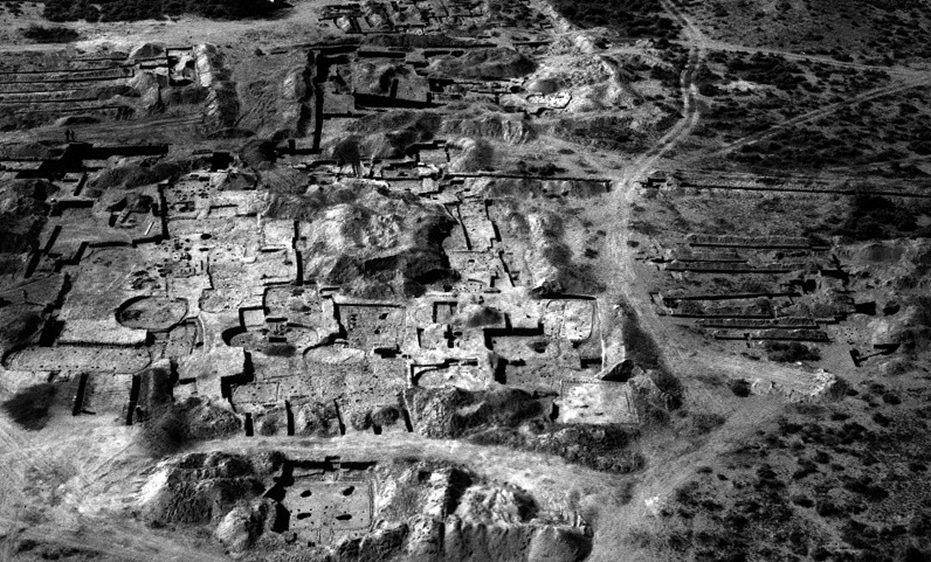
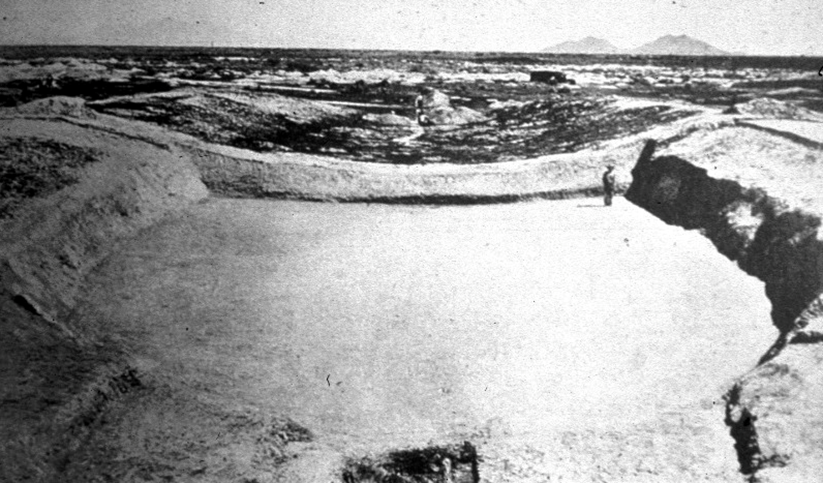
300 CE-1100 CE, Hohokam. Snaketown, Hohokam Pima National Monument, Arizona
Agricultural center; irrigation; trade network
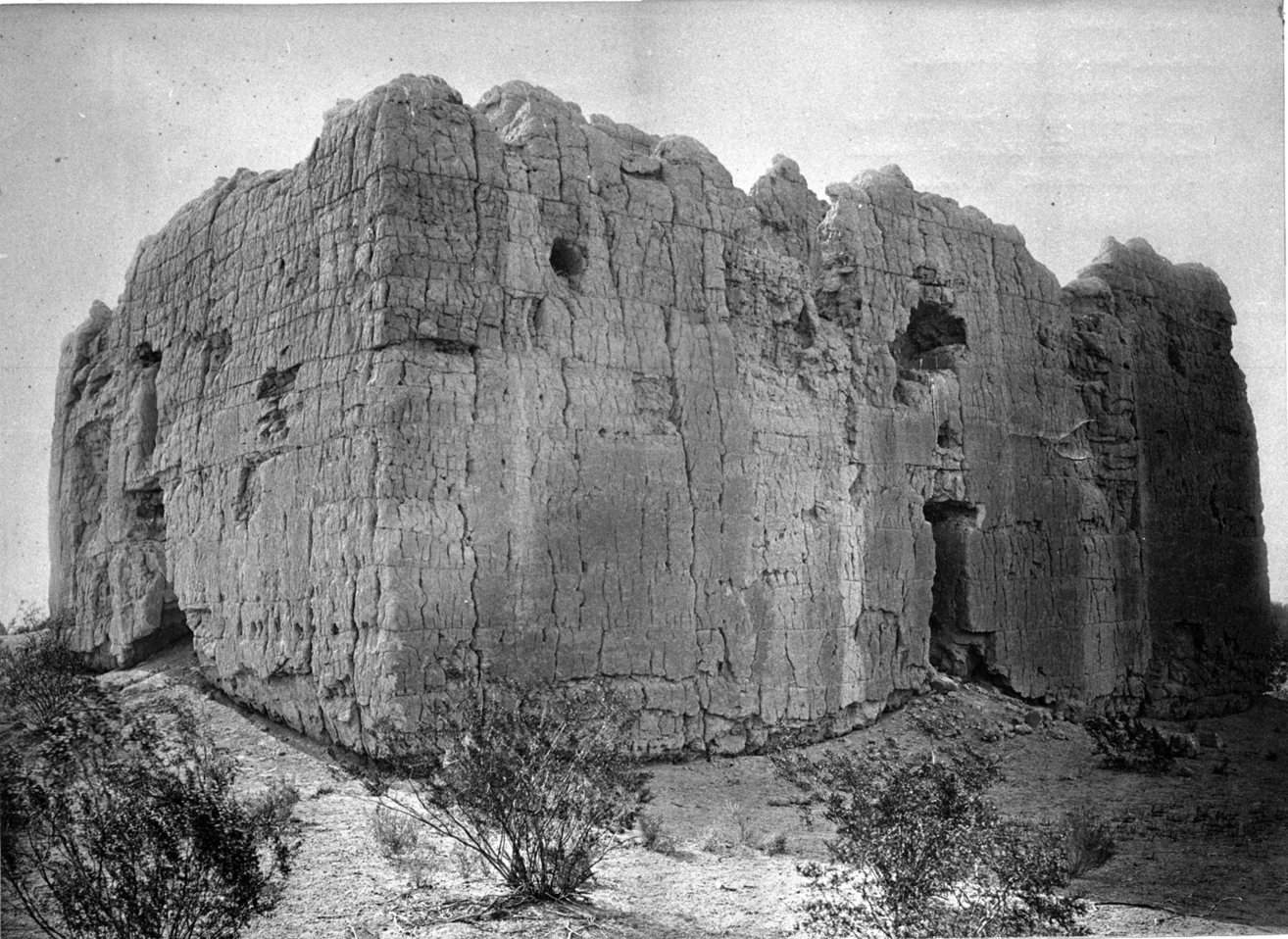
1300 CE, Hohokam Casa Grande,
Adobe Great House; observatory and ritual site.
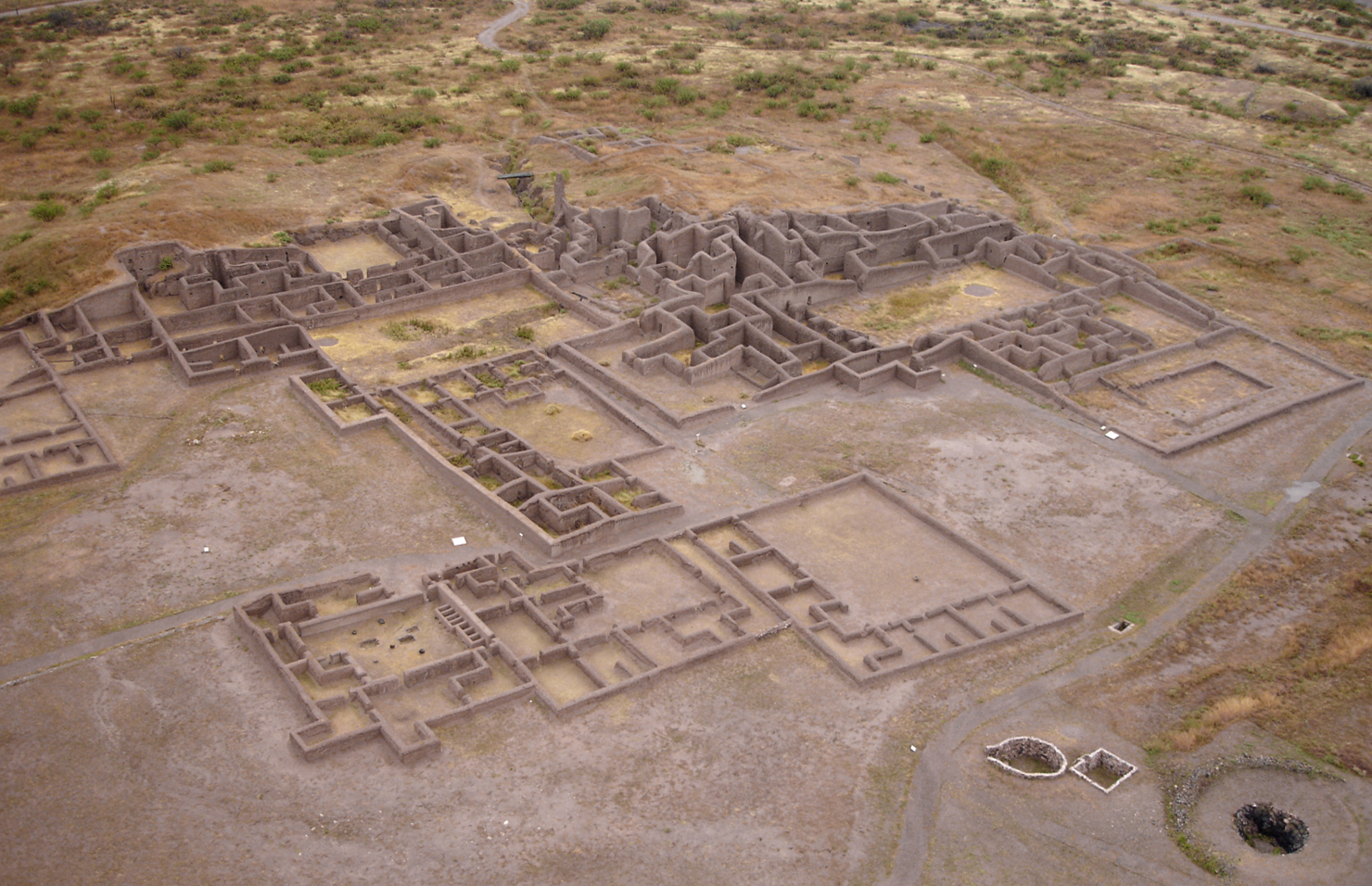
1250-1450 CE Mimbres Paquimé
Urban center; Mesoamerican trade links.
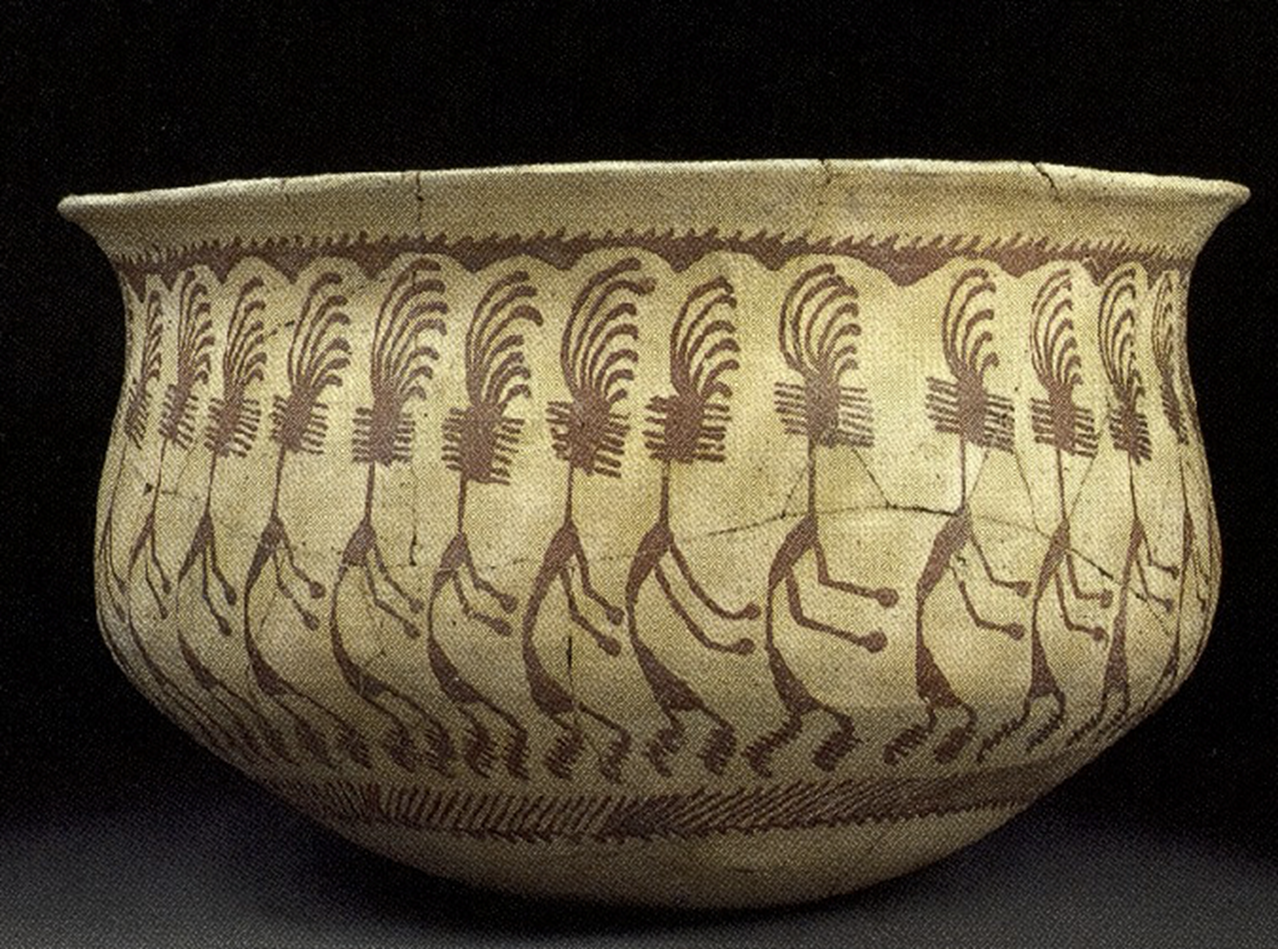
950-1100 CE Hohokam Cauldron with line of dancing figures
Funerary art; mythic imagery and precision design.
Red pigment unique to Hohokam
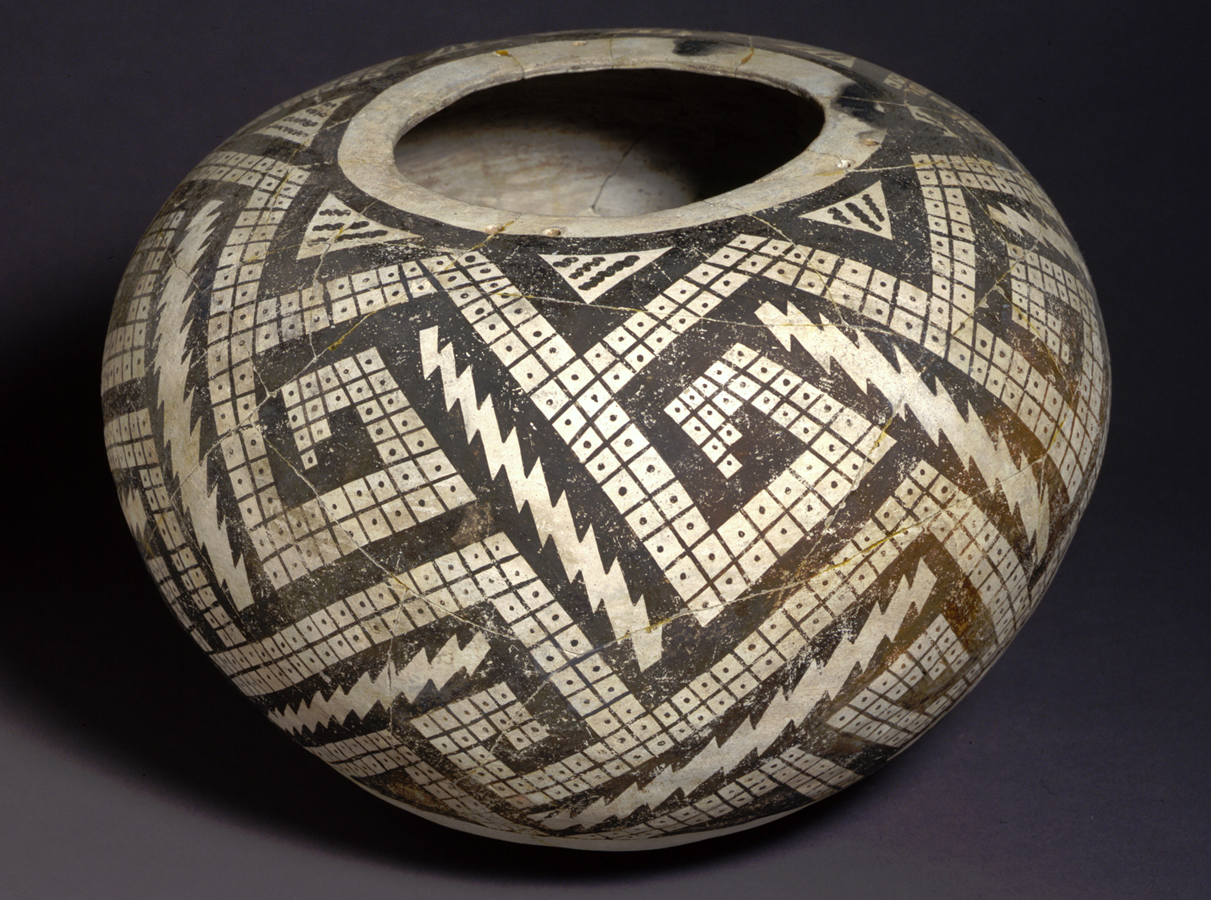
980–1150 Ancestral Puebloan Anasazi Seed Jar
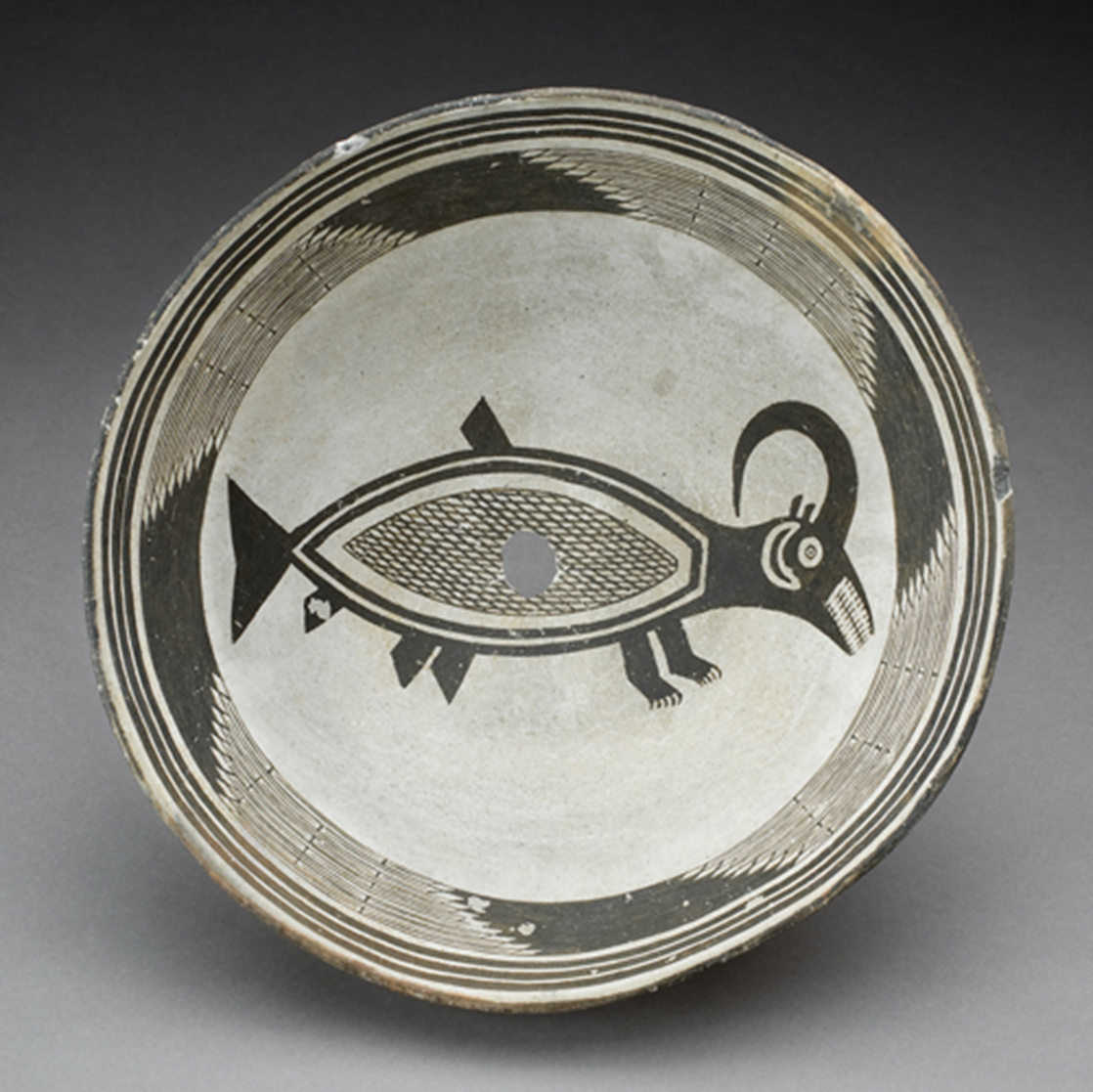
750-1150 CE Mimbres “burial bowl”
goat fish important mythological figure, purposely made holes, used in burial religious ceremony
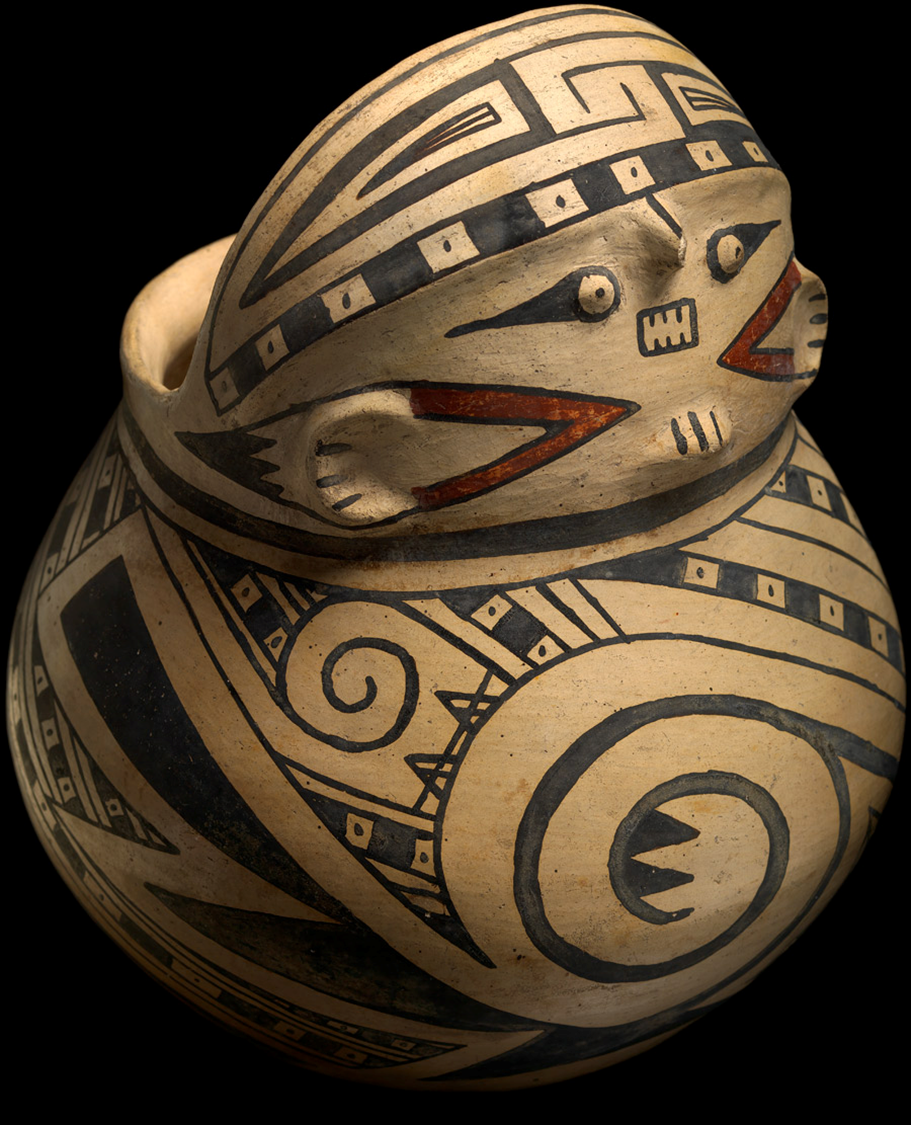
1200–1450, CE, Mimbres “Casas Grandes effigy jar”
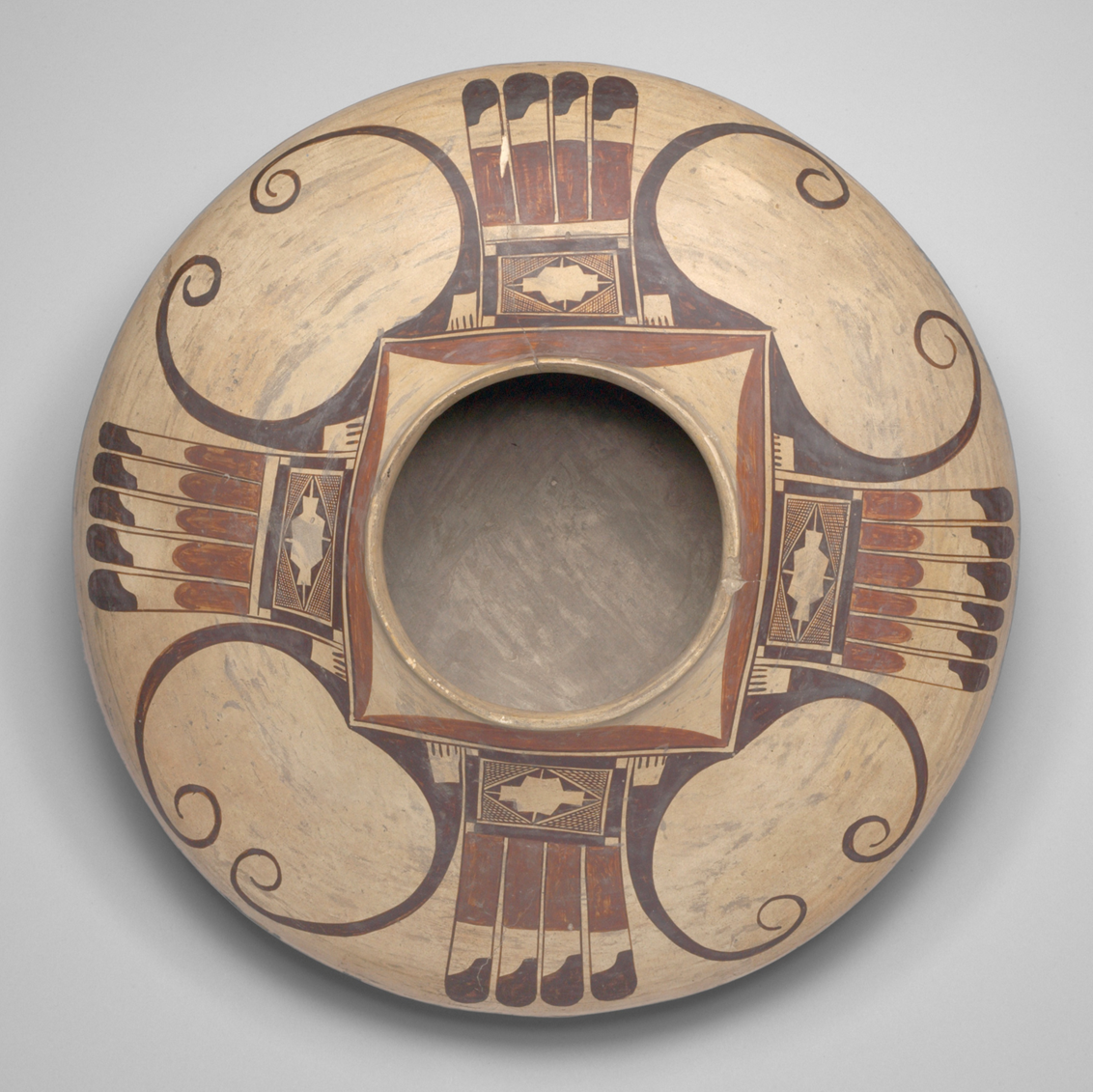
1895-1910 Nampeyo Hopi “Seed Jar”
Sikyatki revival; balance and innovation.
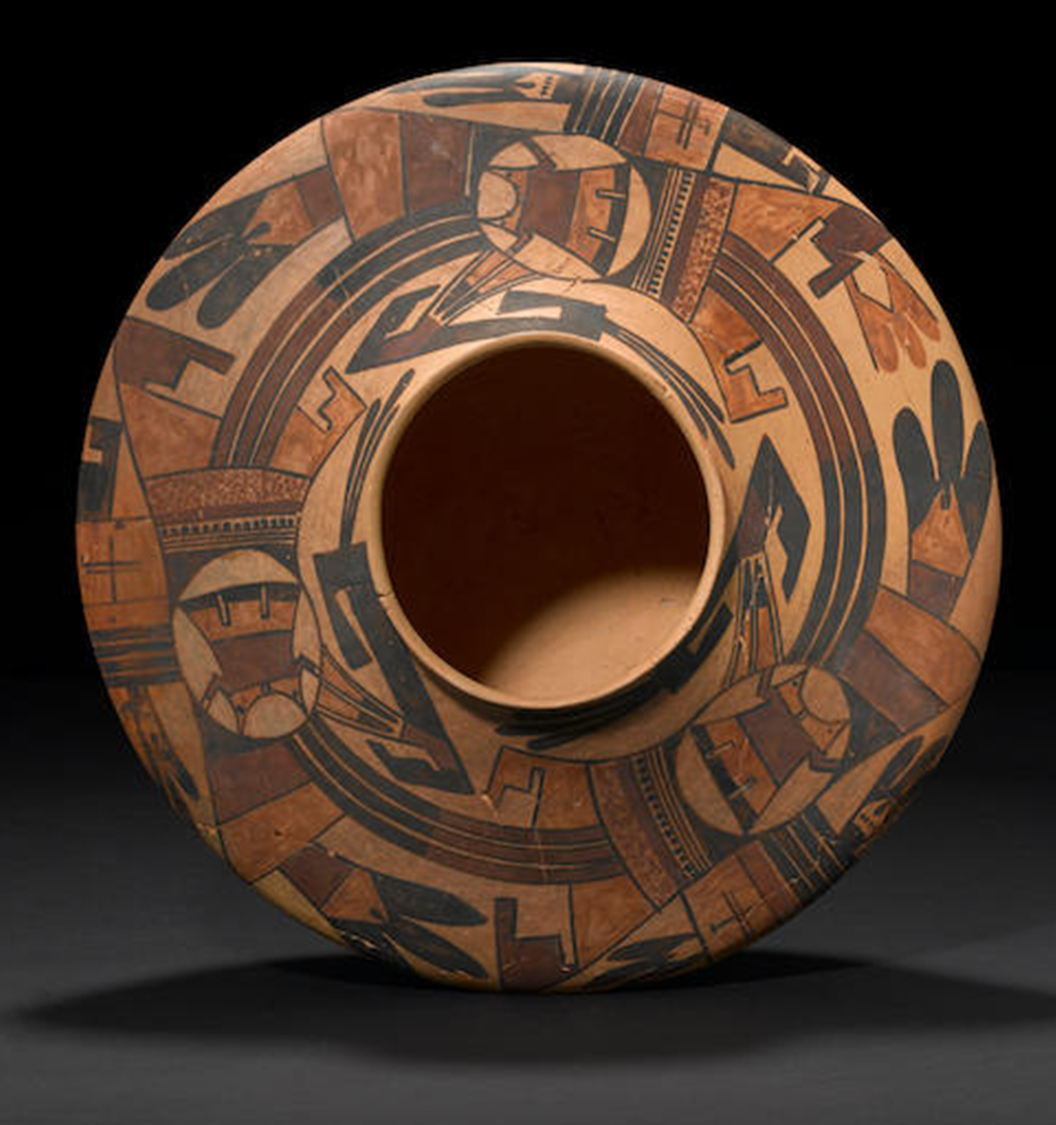
1400-1625, Puebloan (Hopi) “polychrome jar”
Inspiration for Nampayo, Polychrome finish
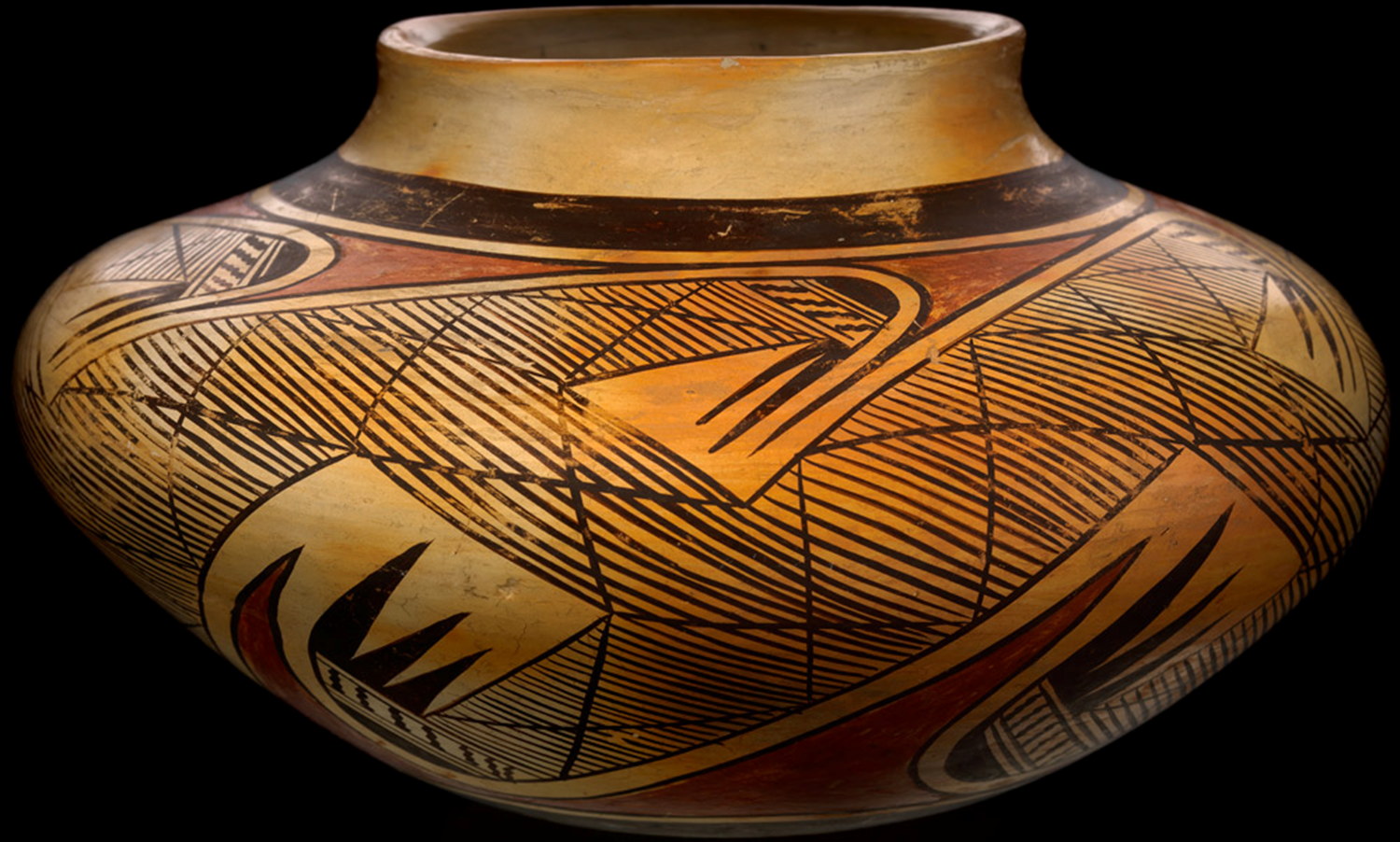
1930s Nampeyo, Hopi “Polychrome jar”
earthenware
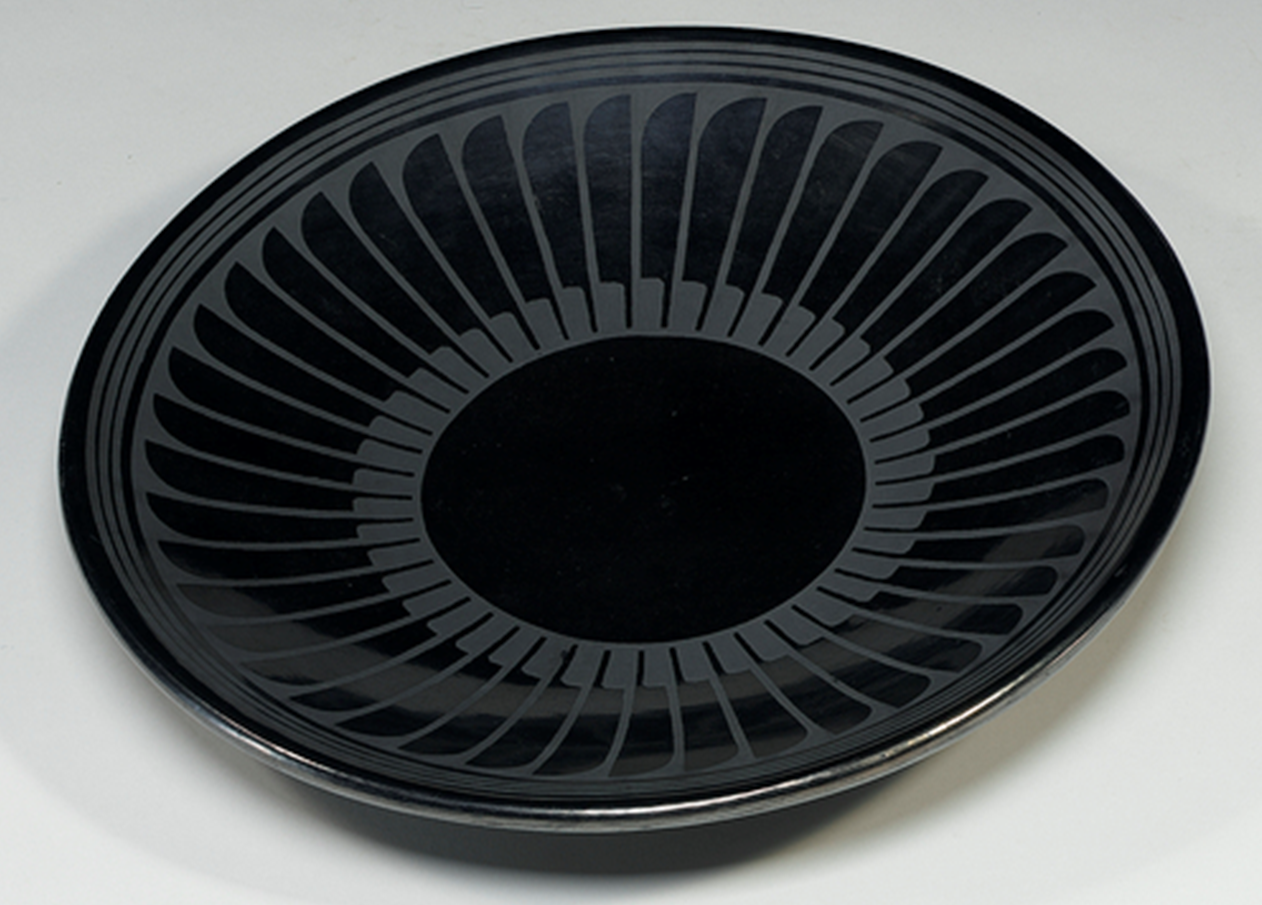
1965 Maria Martinez “Black-on-black plate”
Distinctive black style, some works may have been falsely signed and attributed to Maria Martinez
Revived Pueblo pottery; cultural pride.
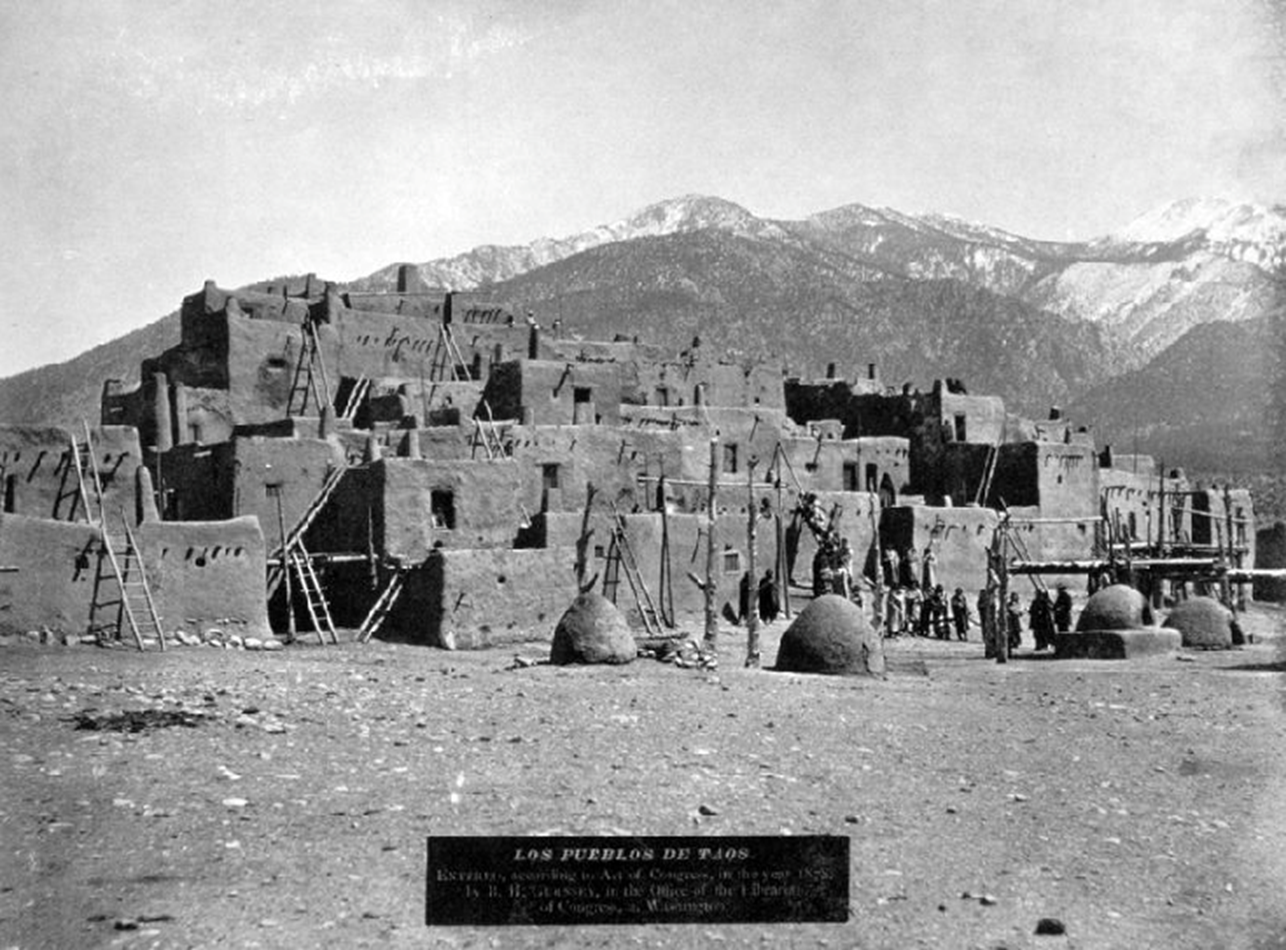
1400-modern day Taos Pueblo
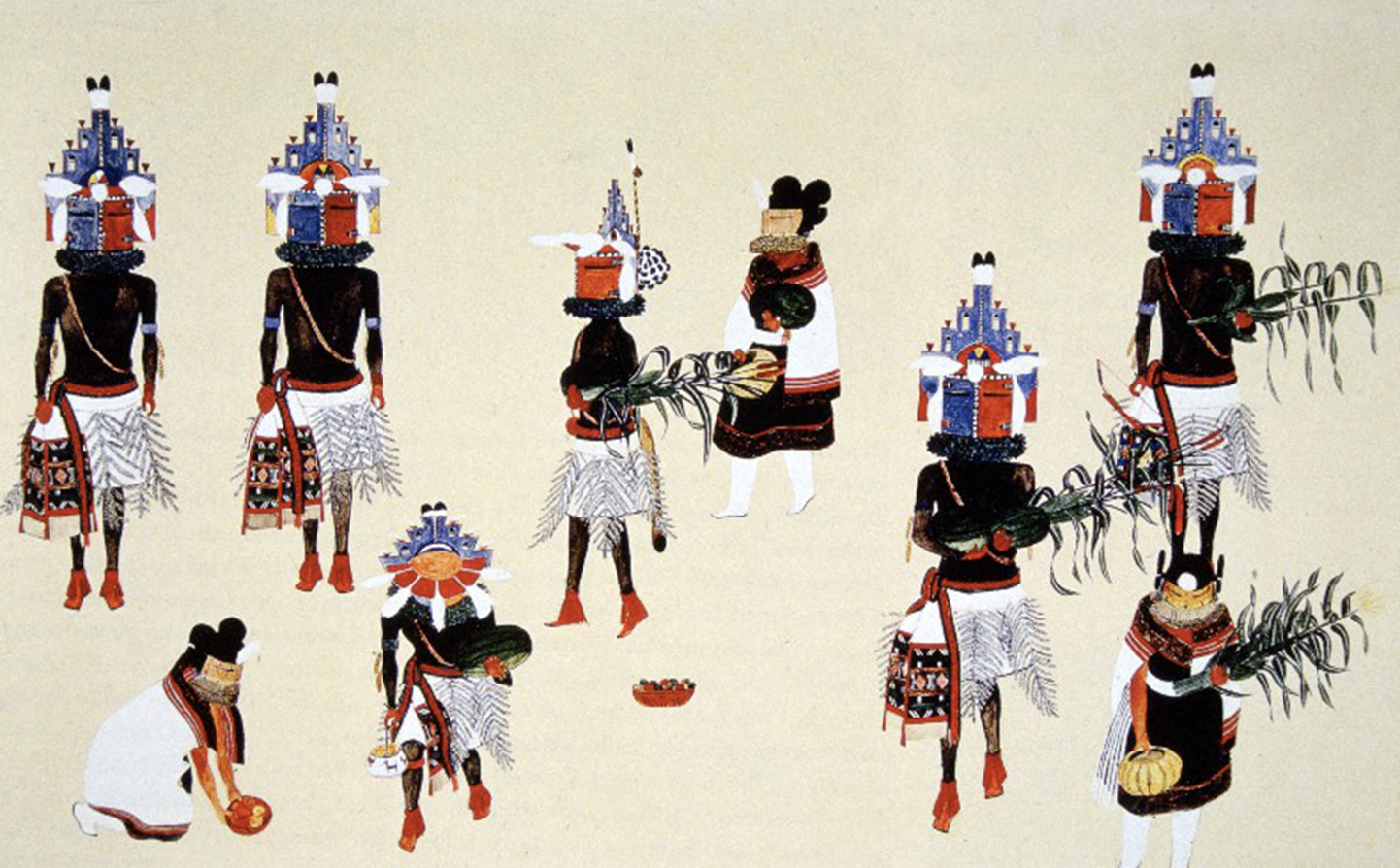
“Niman Kachina Dance” Hopi
Special Headpieces not allowed to be see4n by outsiders. Dance/ritual for spiritual purposes.
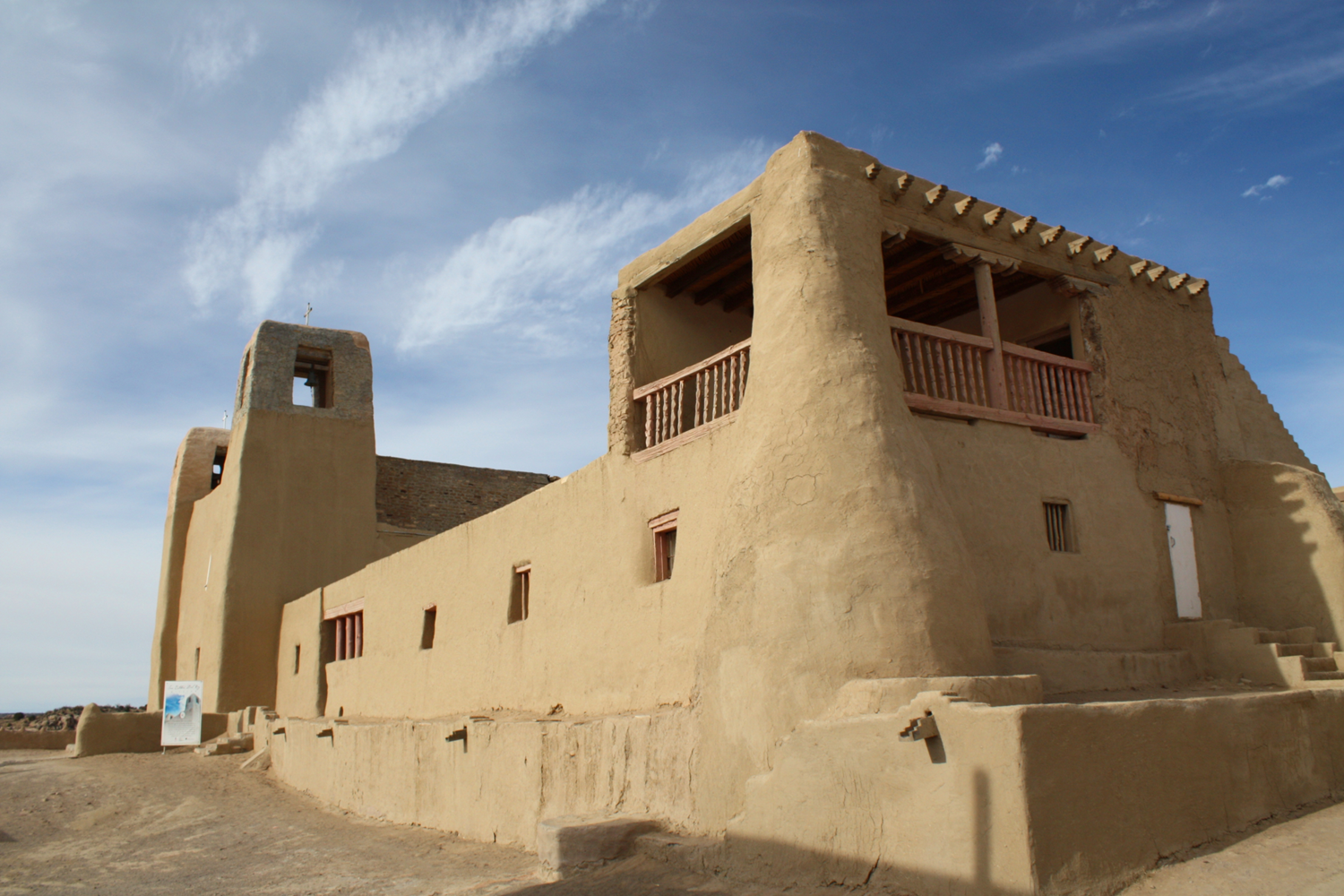
1629 Acoma “Mission Church of San Esteban del Rey”
Spanish conquest, forced building in Native American style
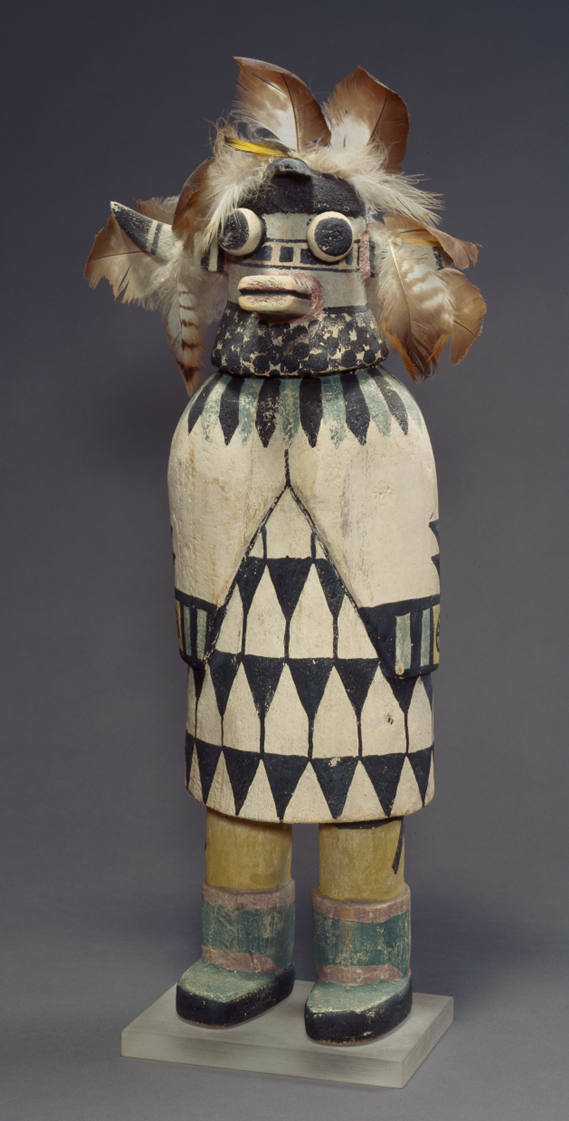
early 20th century Puebloan Hopi “Shalako Katsina figure”
Kachina representation of spiritual figure, spiritual relating to natural forces
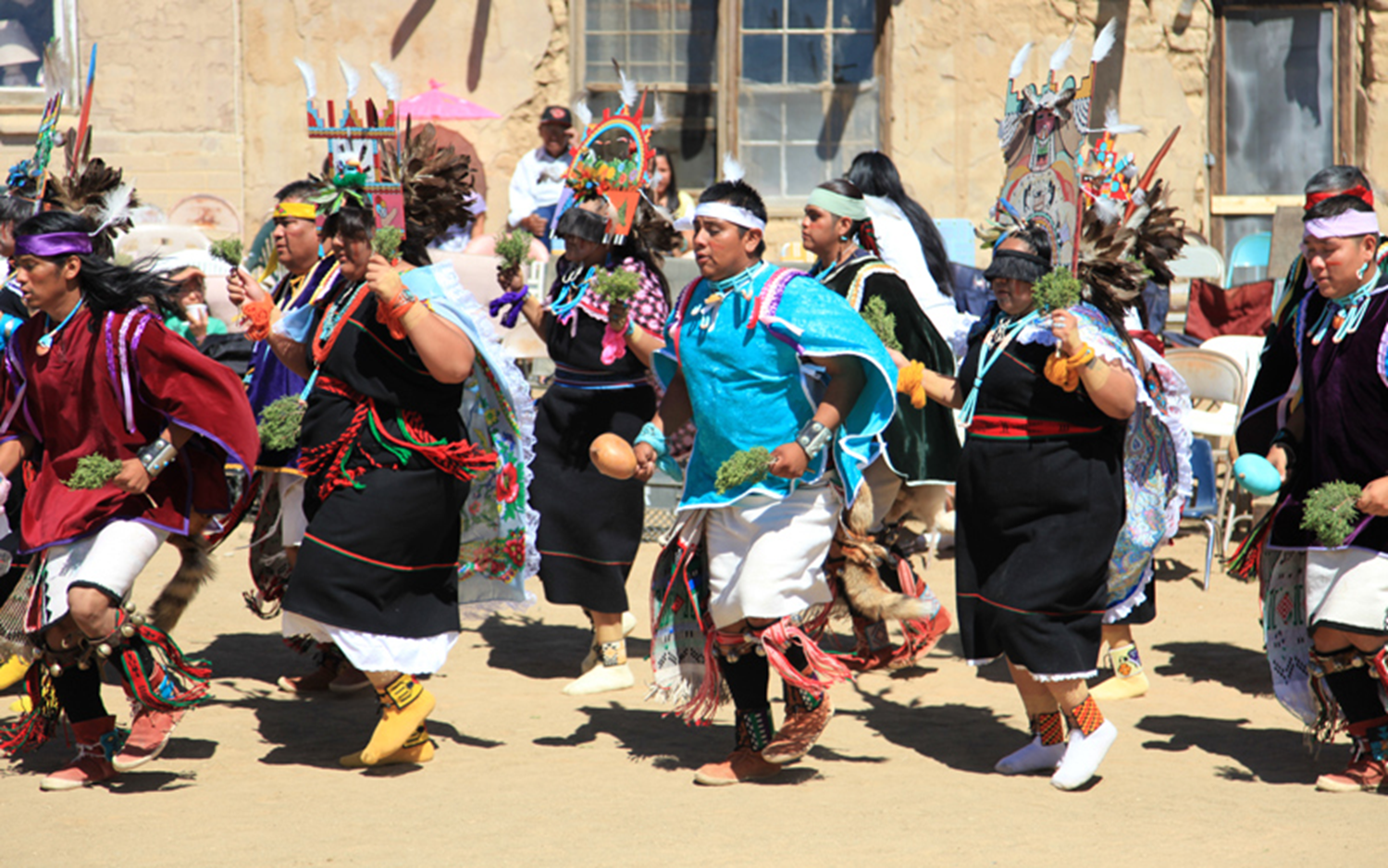
“Hopi butterfly dance” Puebloan (Hopi)
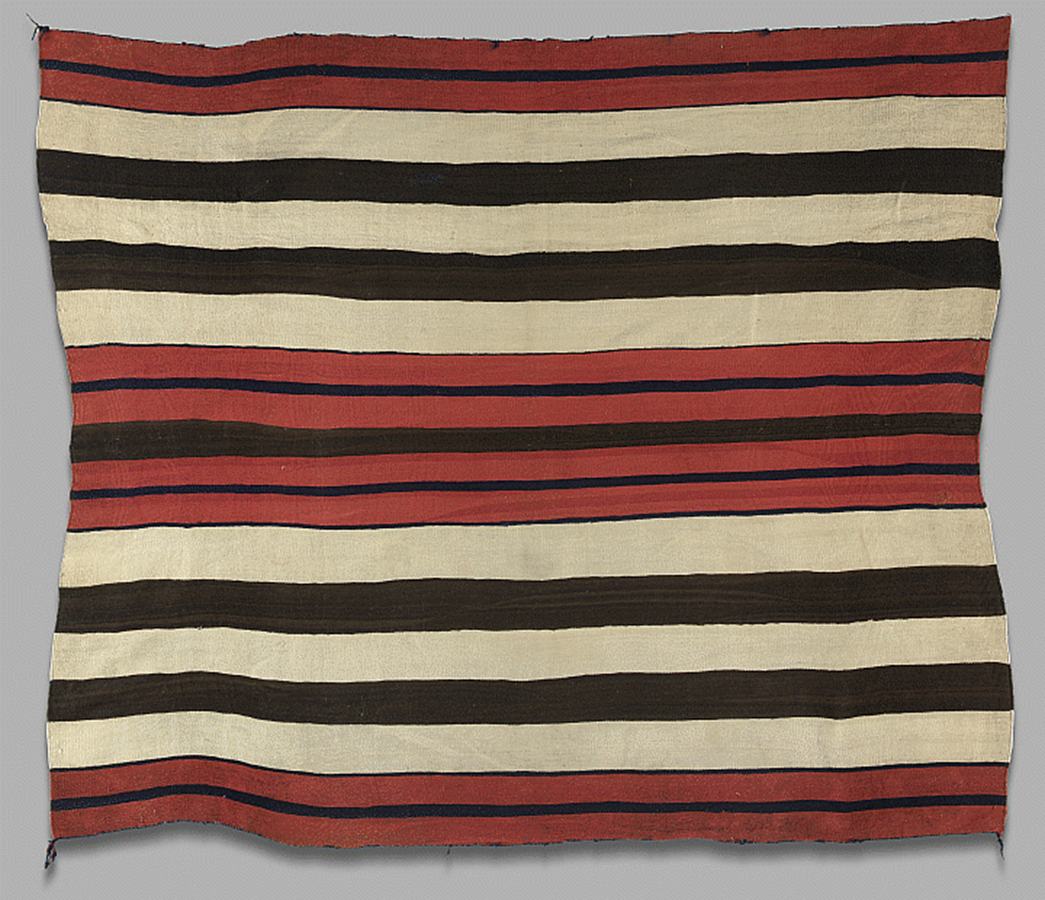
1860s, Diné (Navajo) “Chief's Blanket”
Red wool from trade with Spanish, the red is made from bugs, sheep imported to the area and hearded by native americans
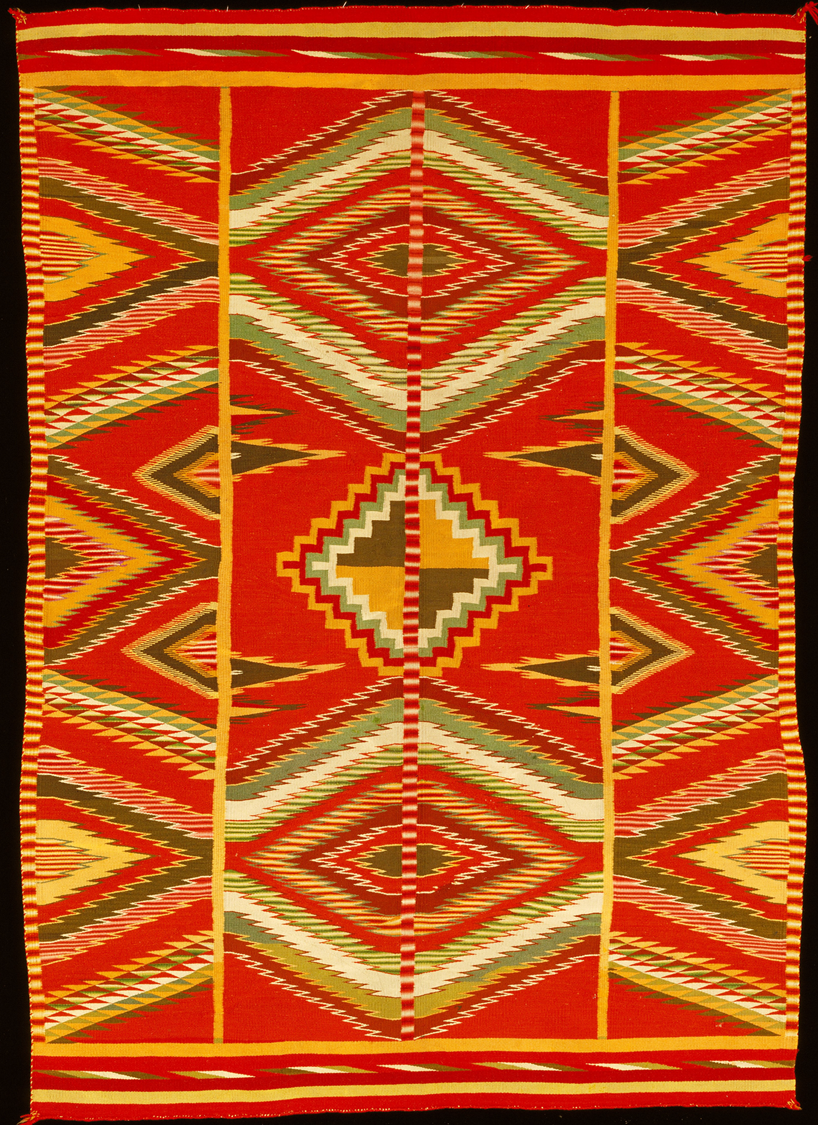
1890-1895, Diné (Navajo) 'Eye-dazzler'
Made for consumption on European and eastern American markets, bright and colorful compared to early examples, more of a tapestry than a rug
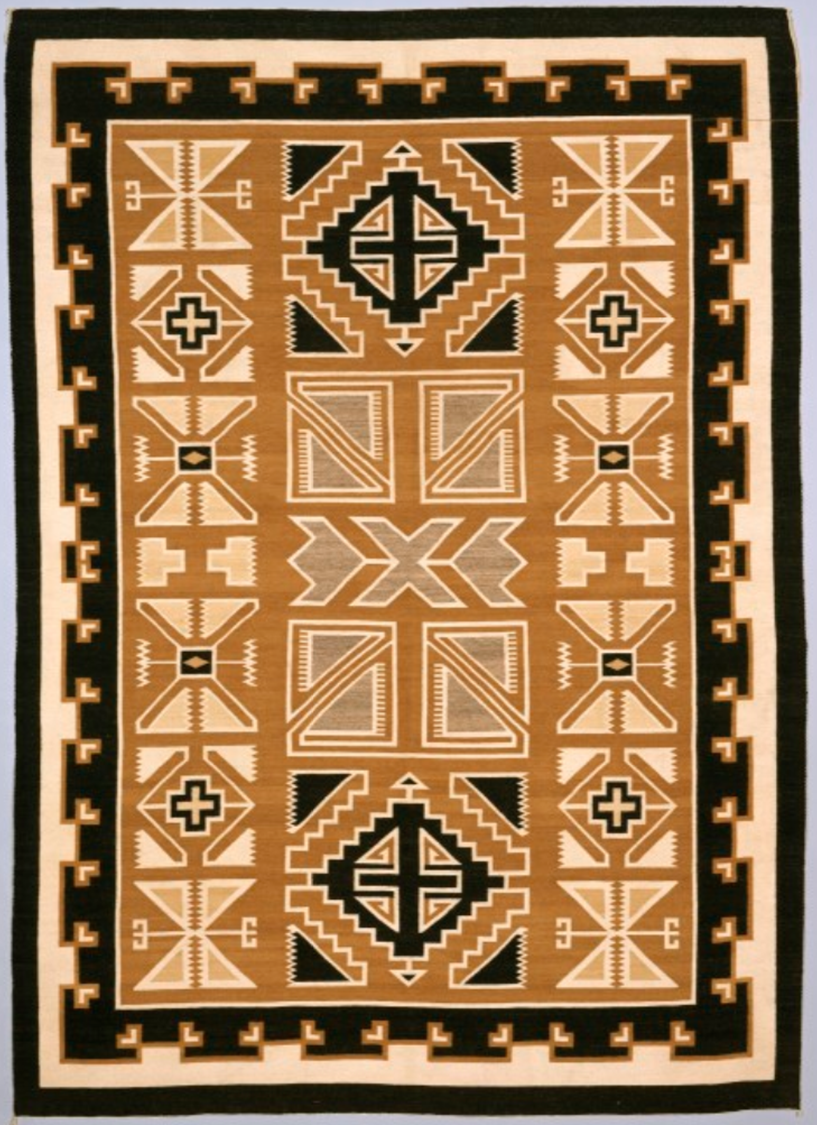
1947-48, Diné (Navajo), Daisy Taugelchee
Refined weaving; harmony and tradition.
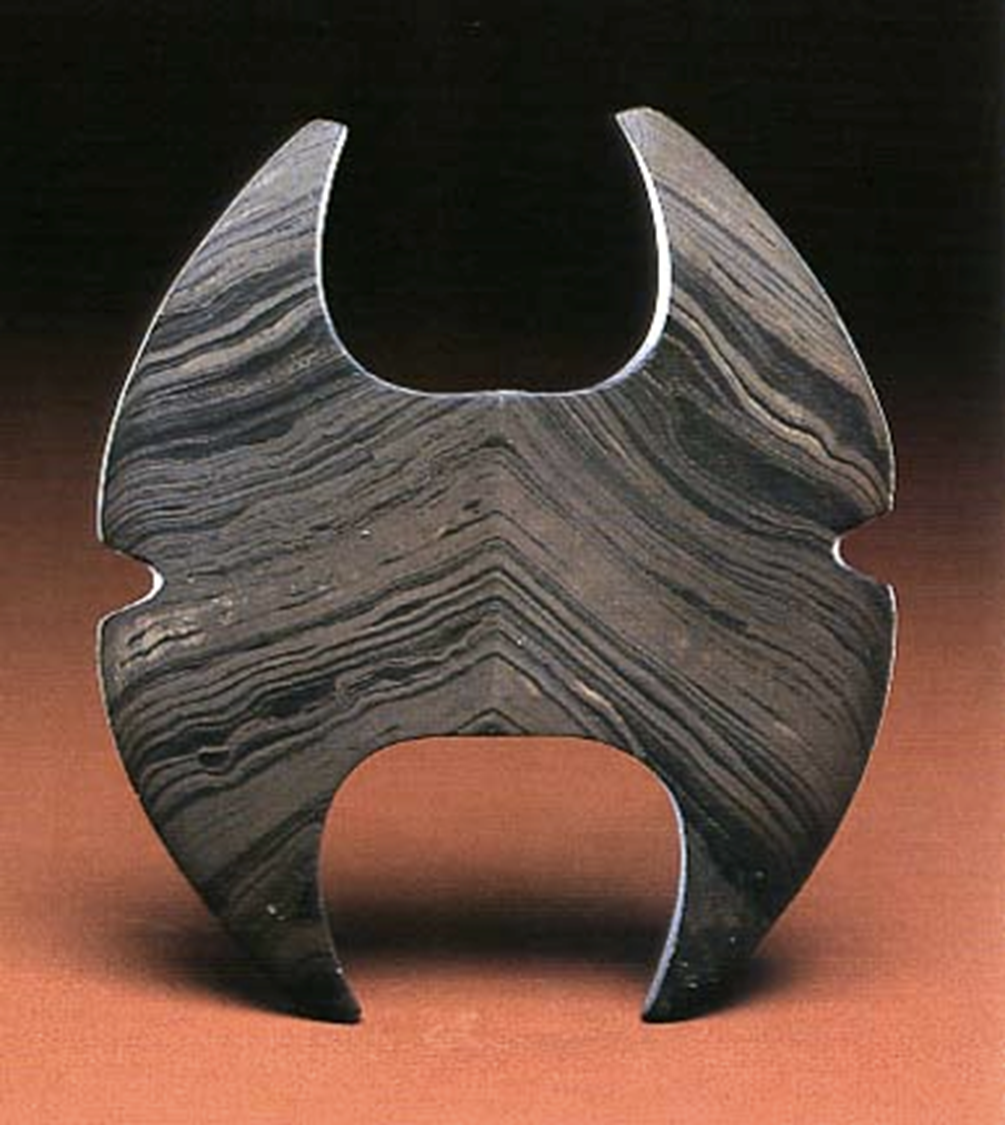
4800 B.C., Archaic Eastern Woodland
Shows ability to carve intricately in stone, may be ritualistically significant
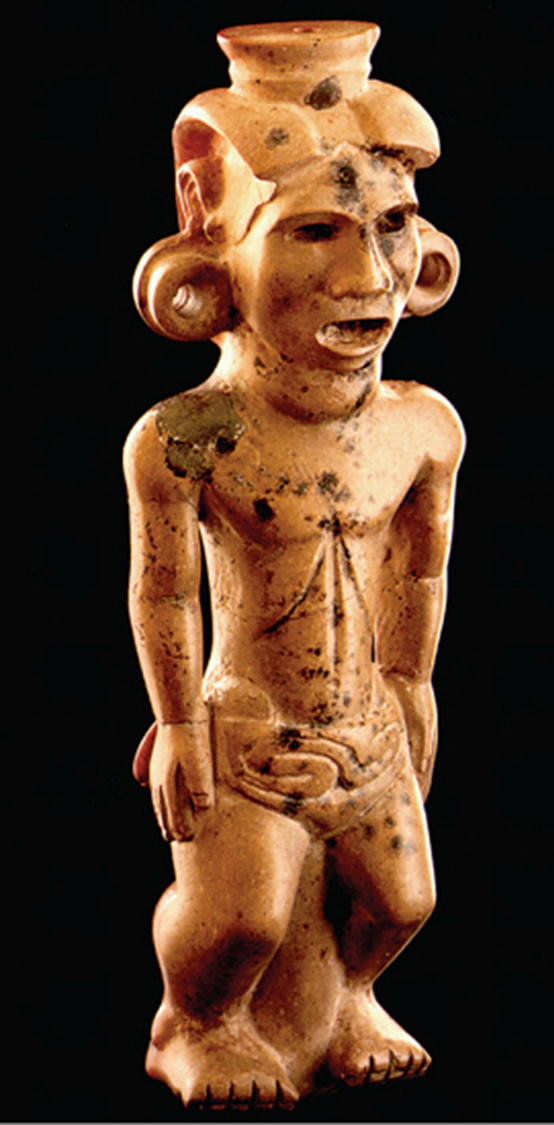
500 BCE-1 CE Adena Culture
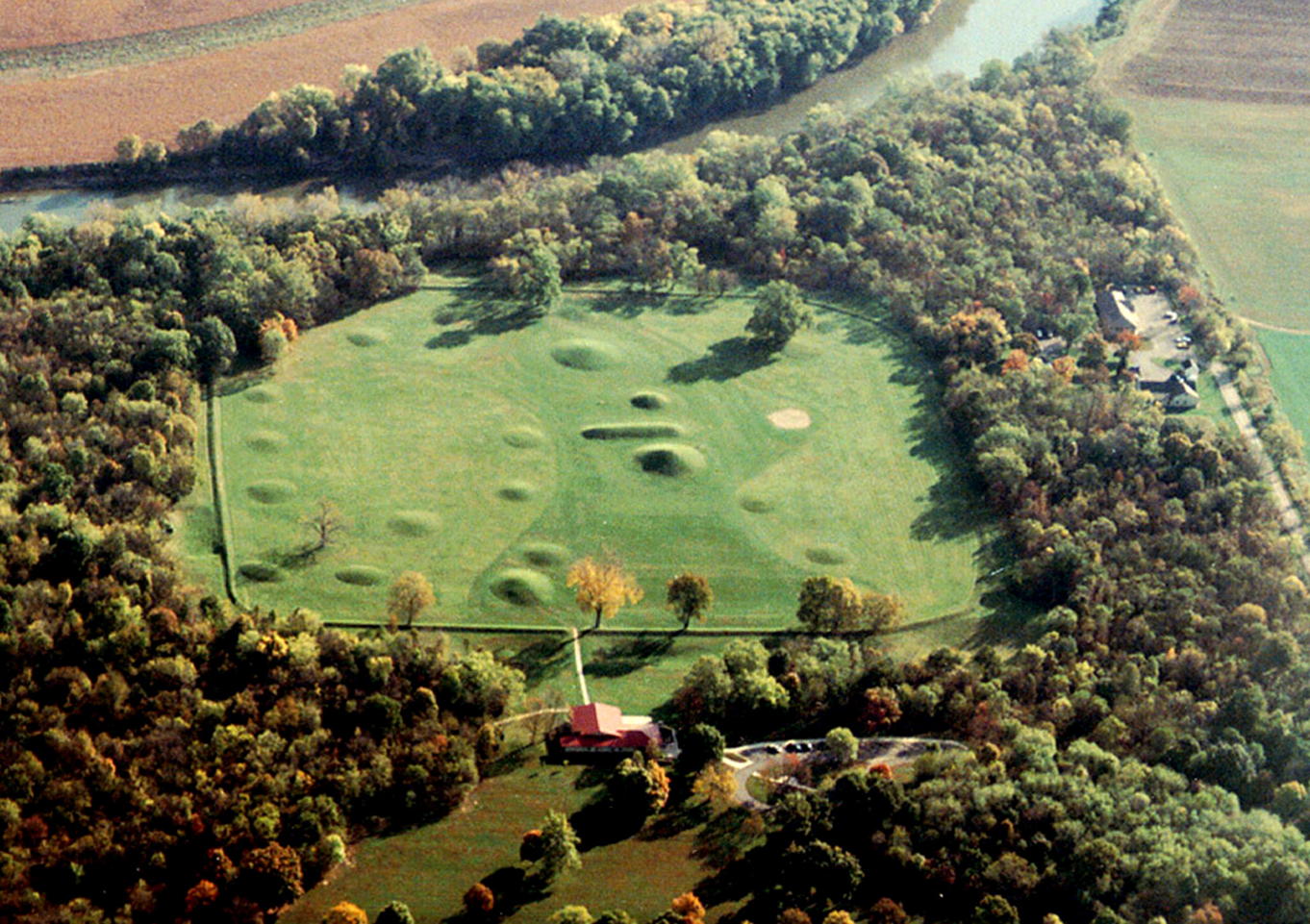
200 BCE- 400 CE Hopewell ”Mound City”
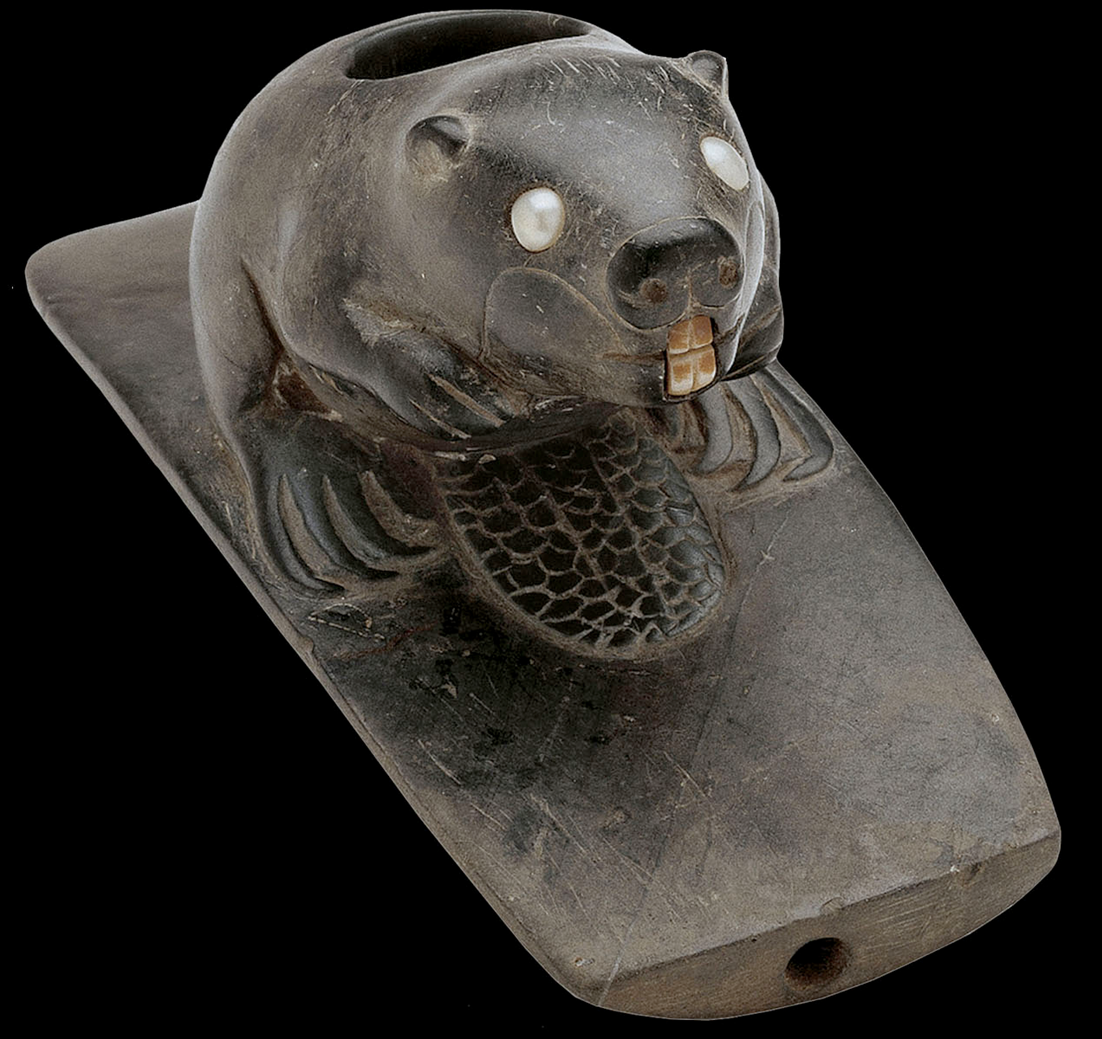
100–400 CE, Hopewell “Beaver Effigy pipe”
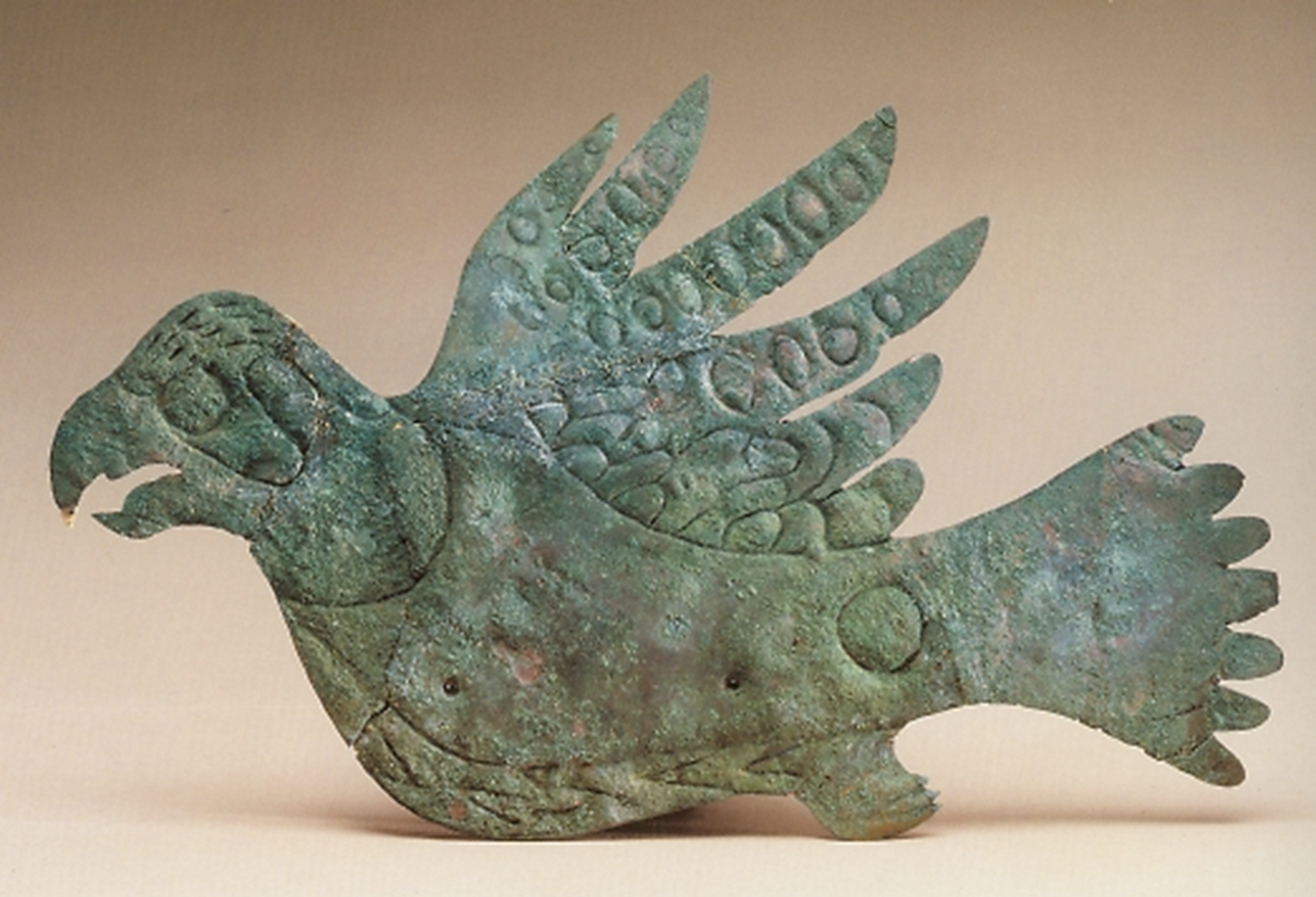
200 BCE–400 CE, Hopewell “Falcon Effigy”
copper
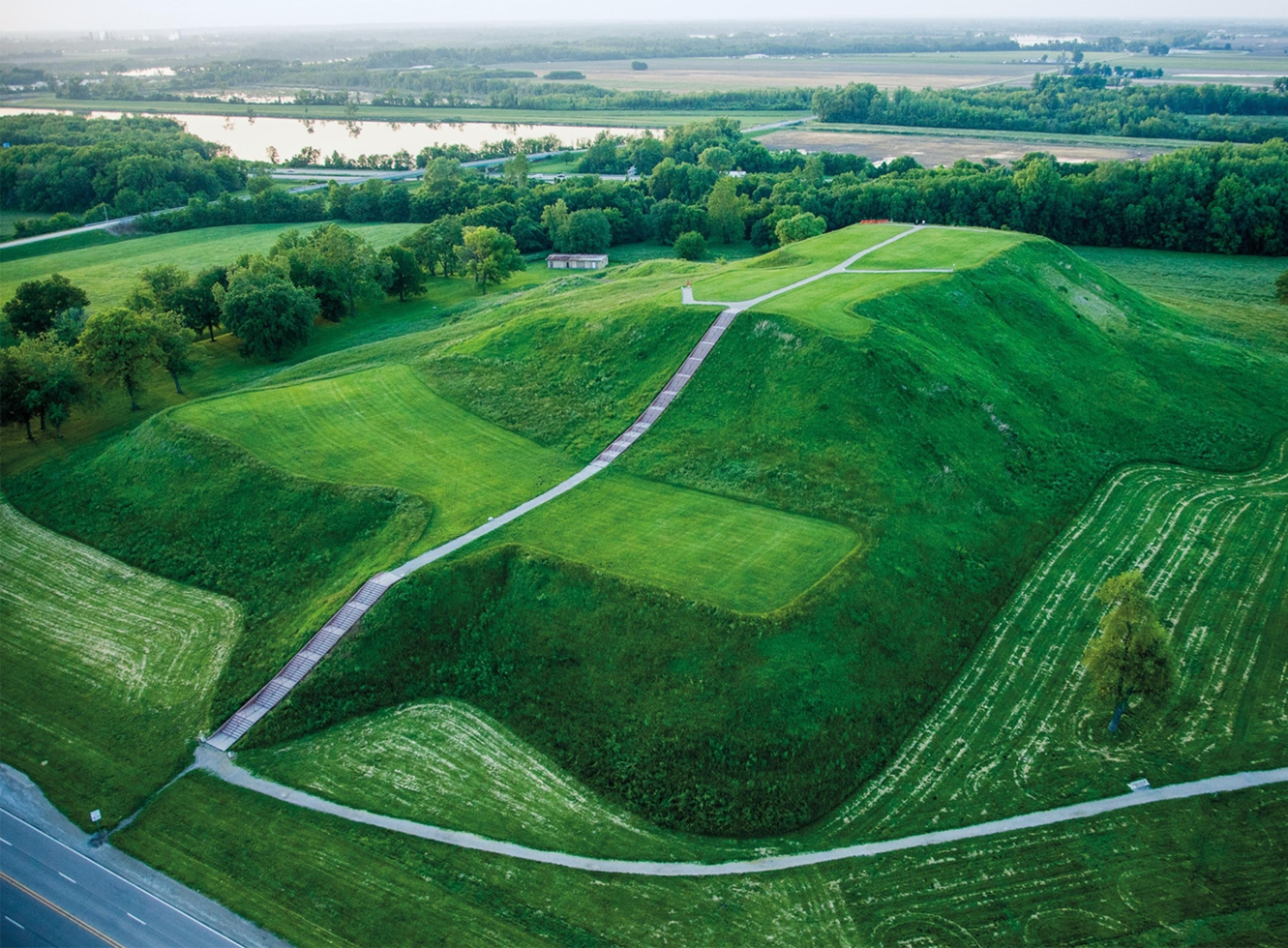
1050-1200 CE Mississipian “Monks Mound”
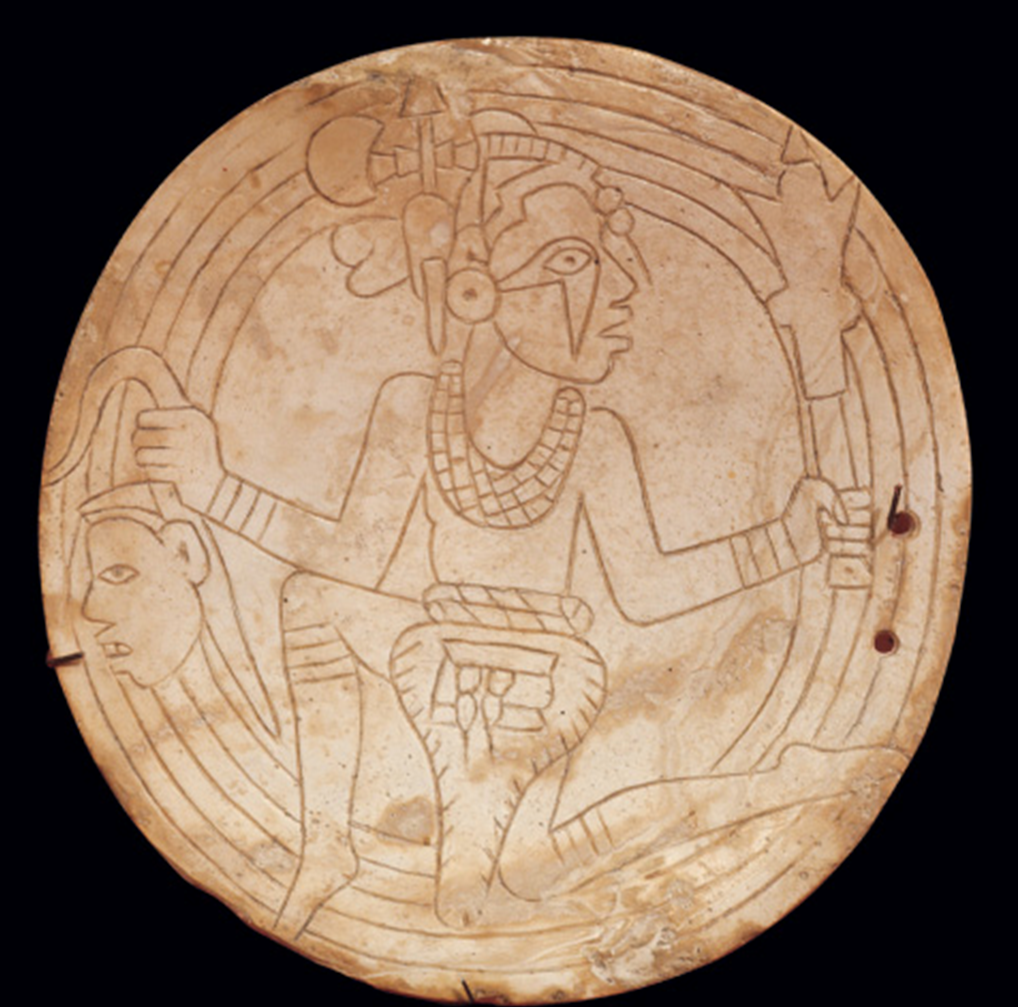
1250–1300 CE Mississippian “Incised Gorget with Running Warrior”
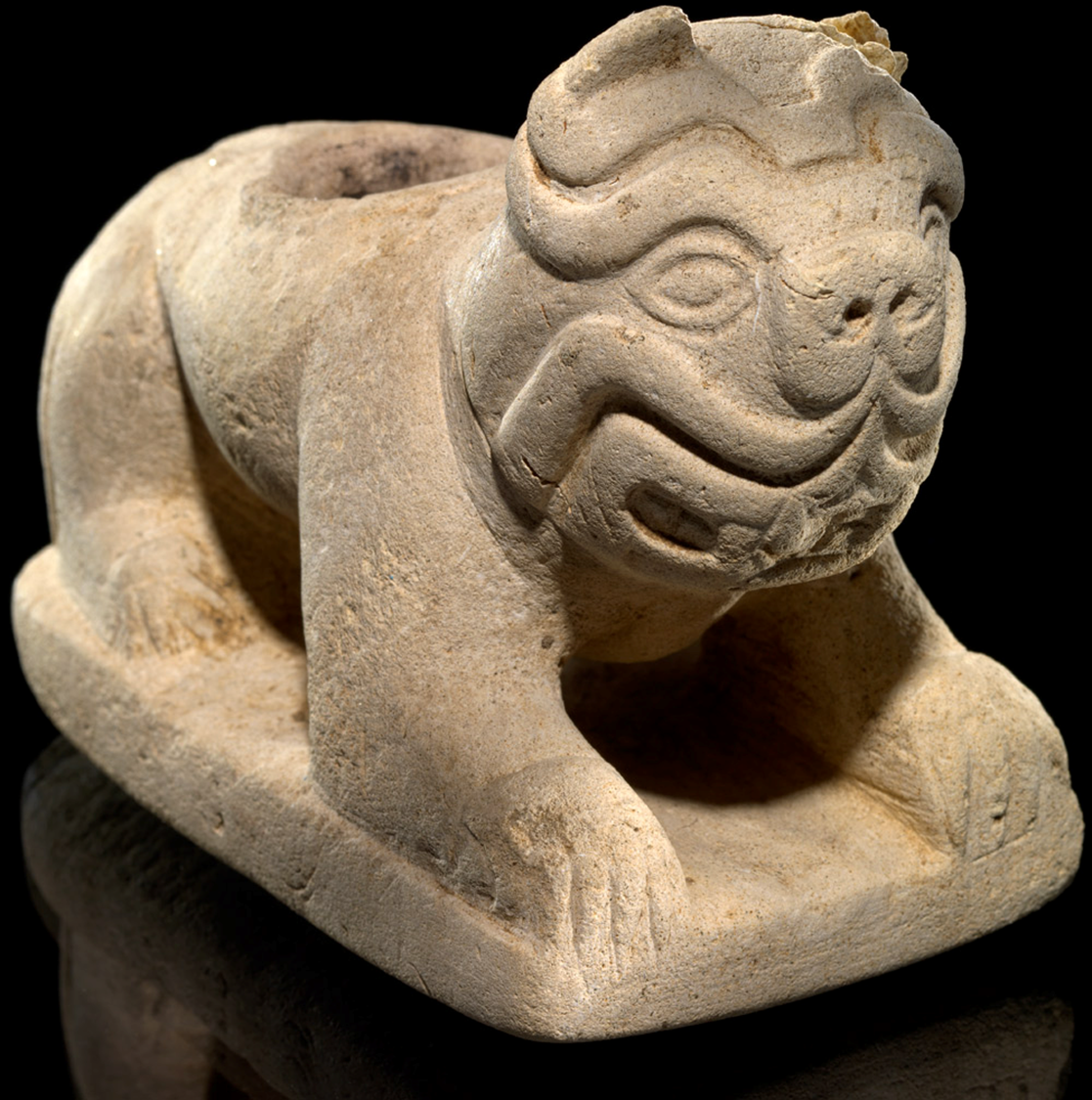
1300–1500 CE, Mississippian Piasa effigy pipe,
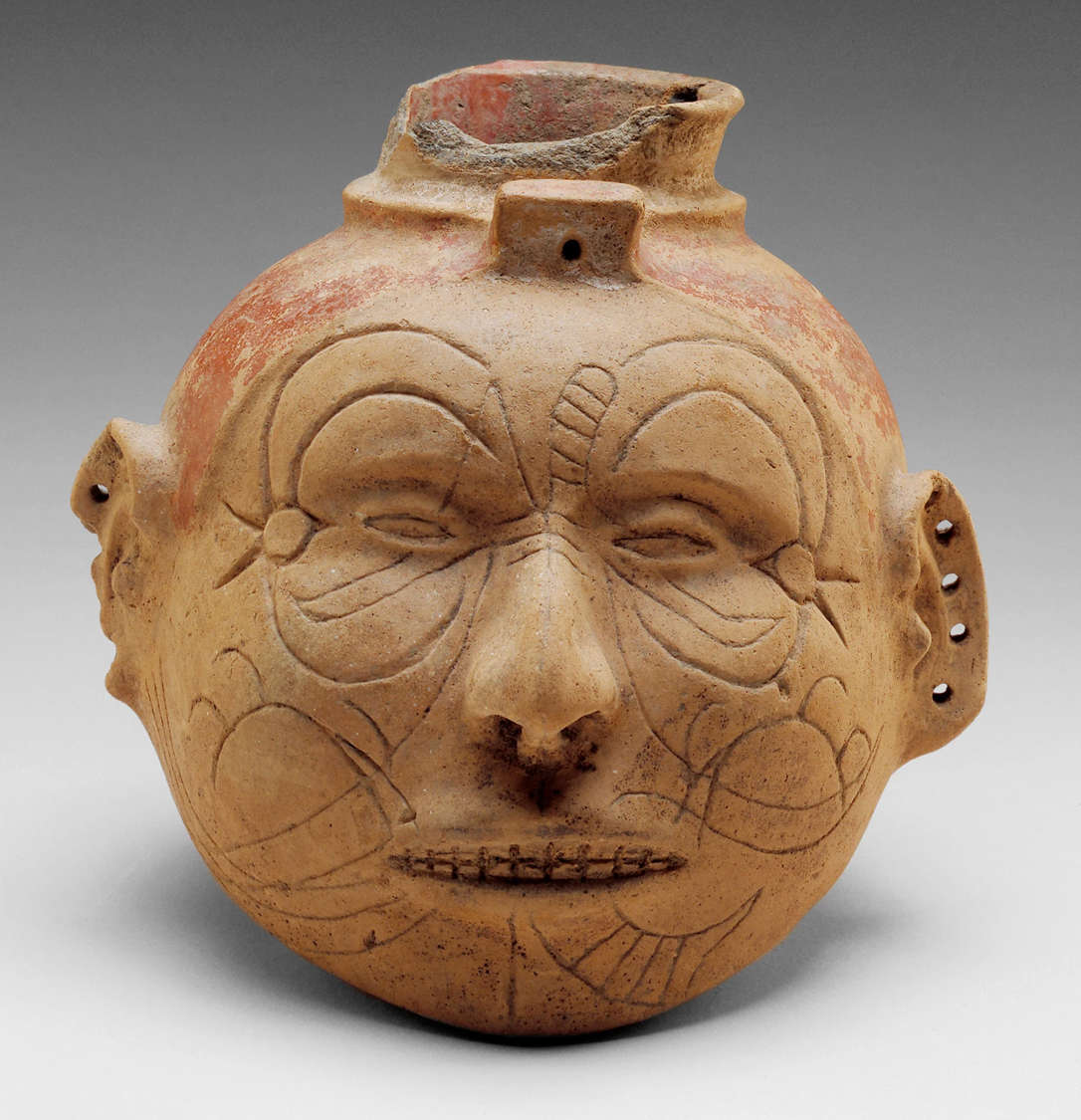
1300 and 1500 Mississippian Head Effigy Vessel
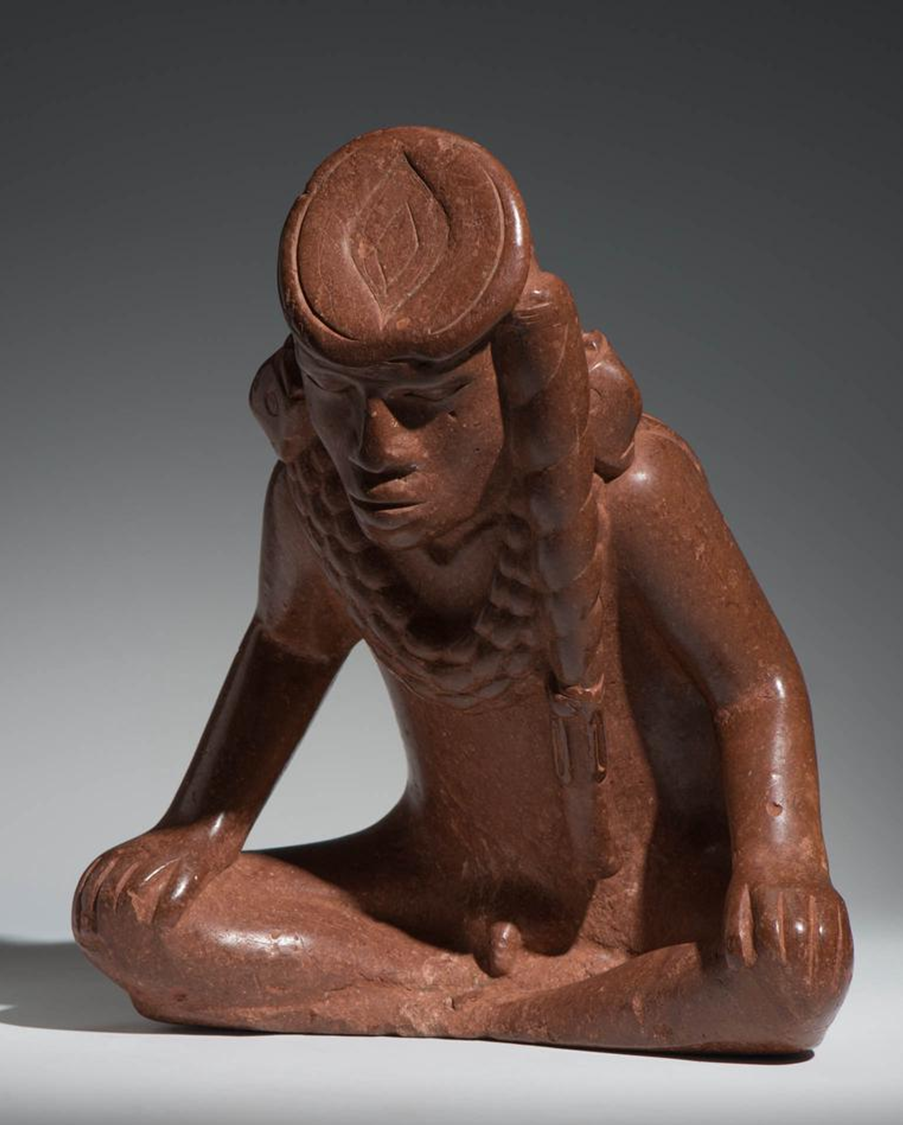
1200-1350 CE Mississippian The Hero Redhorn or Morningstar aka the ‘Big Boy’ Effigy pipe
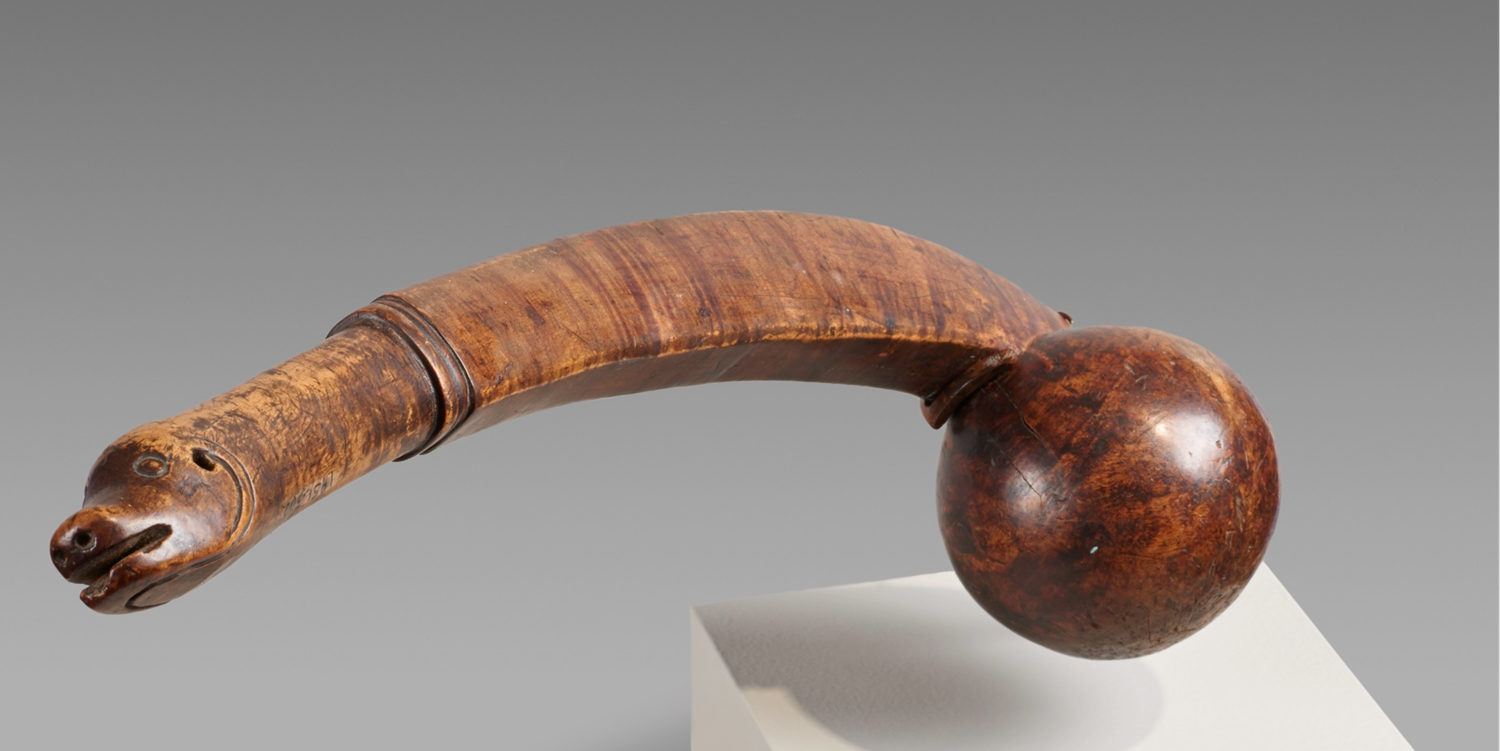
before 1755, Haudenosaunee, Shawnee or Lenape ball headed club
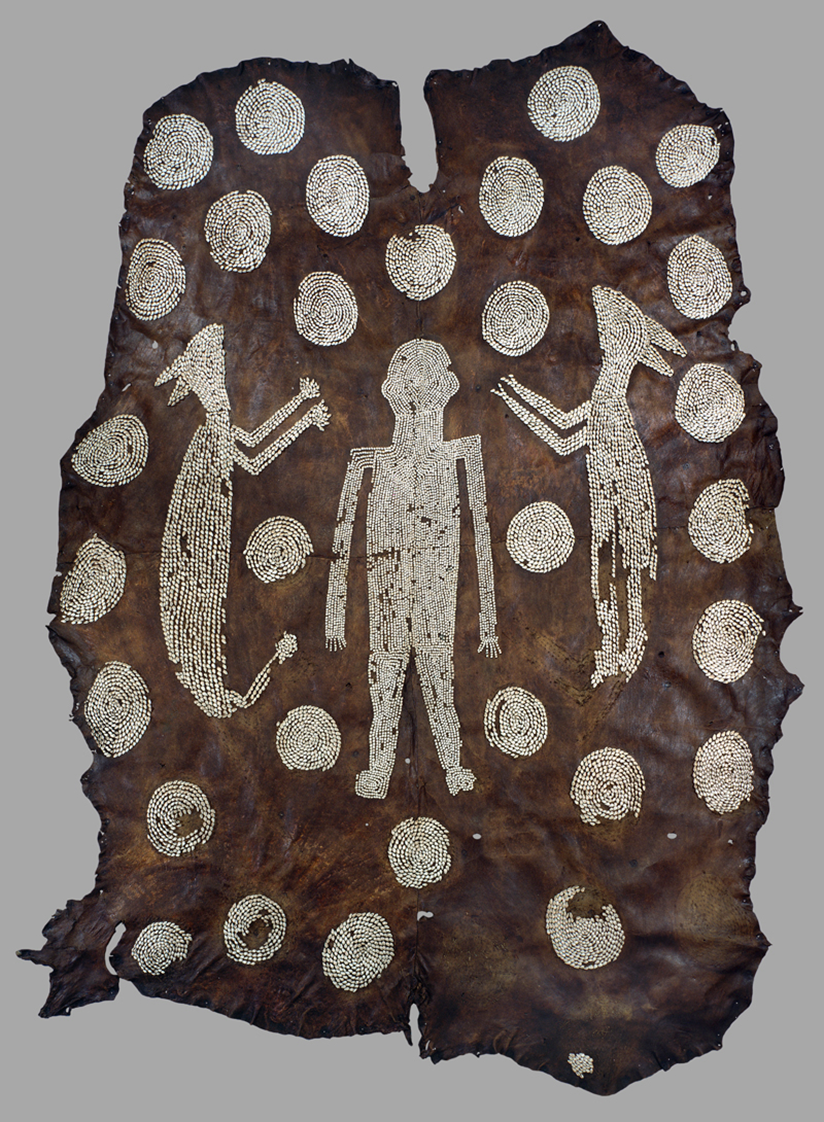
1600–38, Powhatan, Deerskin robe, “Powhatan's Mantle”

1680, Lenape Wampum belt
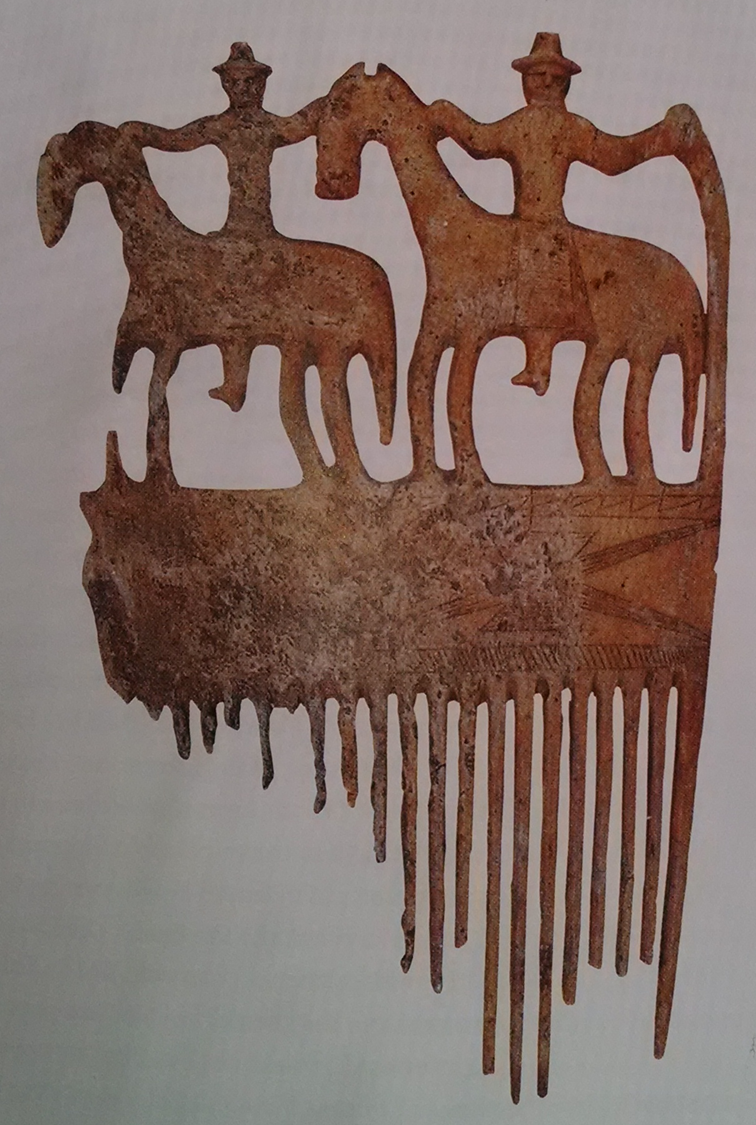
17th c. Haudenosaunee Moose antler comb
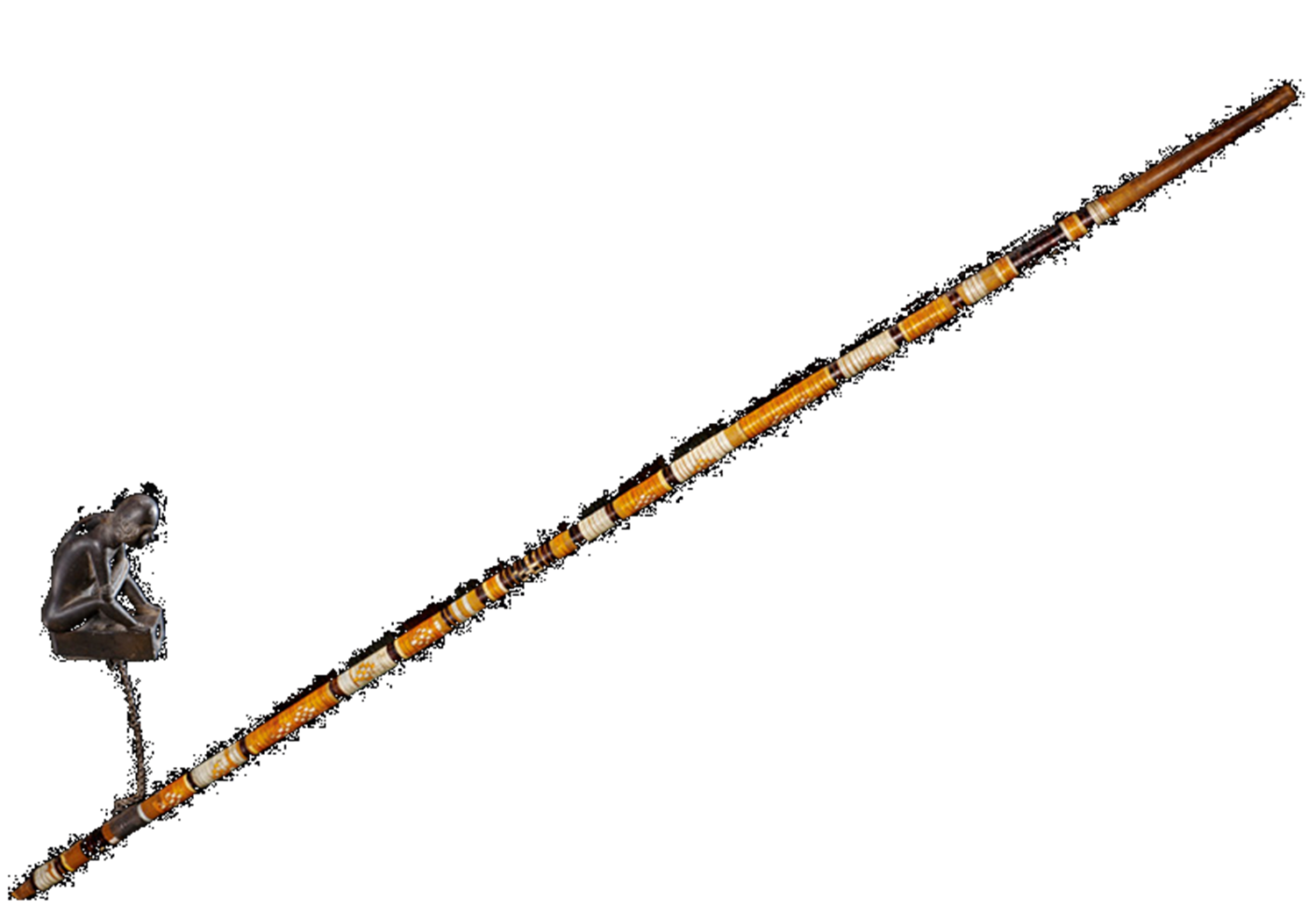
1785, Eastern Haudenosaunee Effigy pipe associated with Thayendanegea
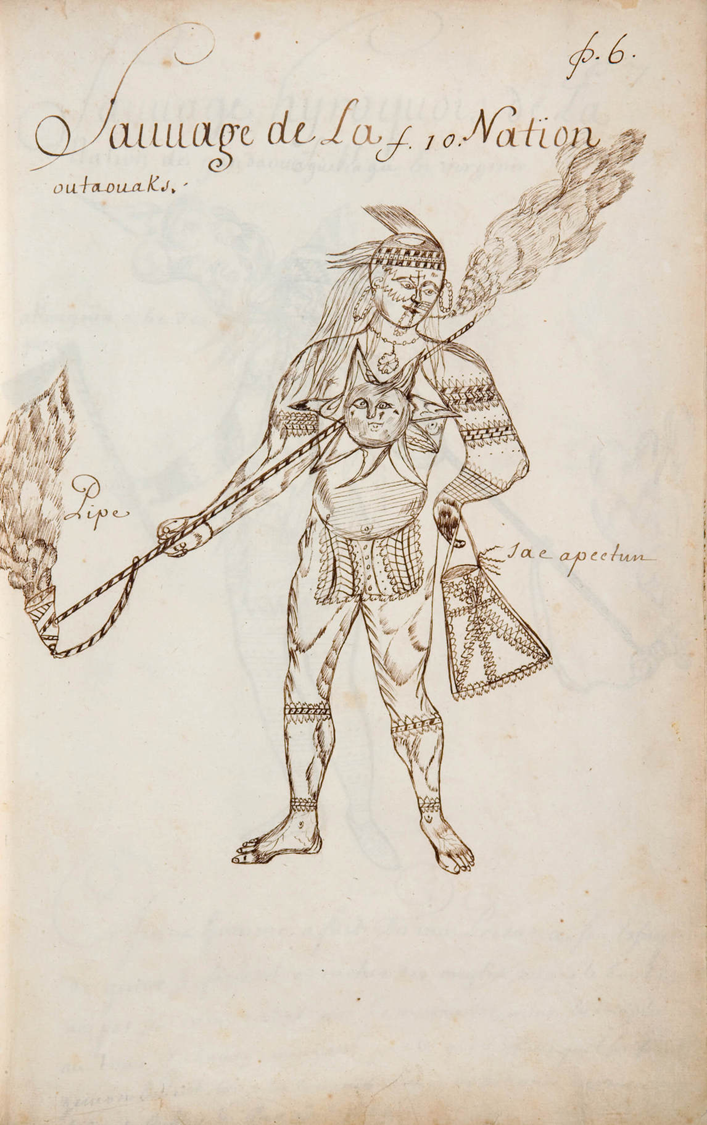
c. 1700, Attributed to Louis Nicolas, Man of the Outaouak Nation
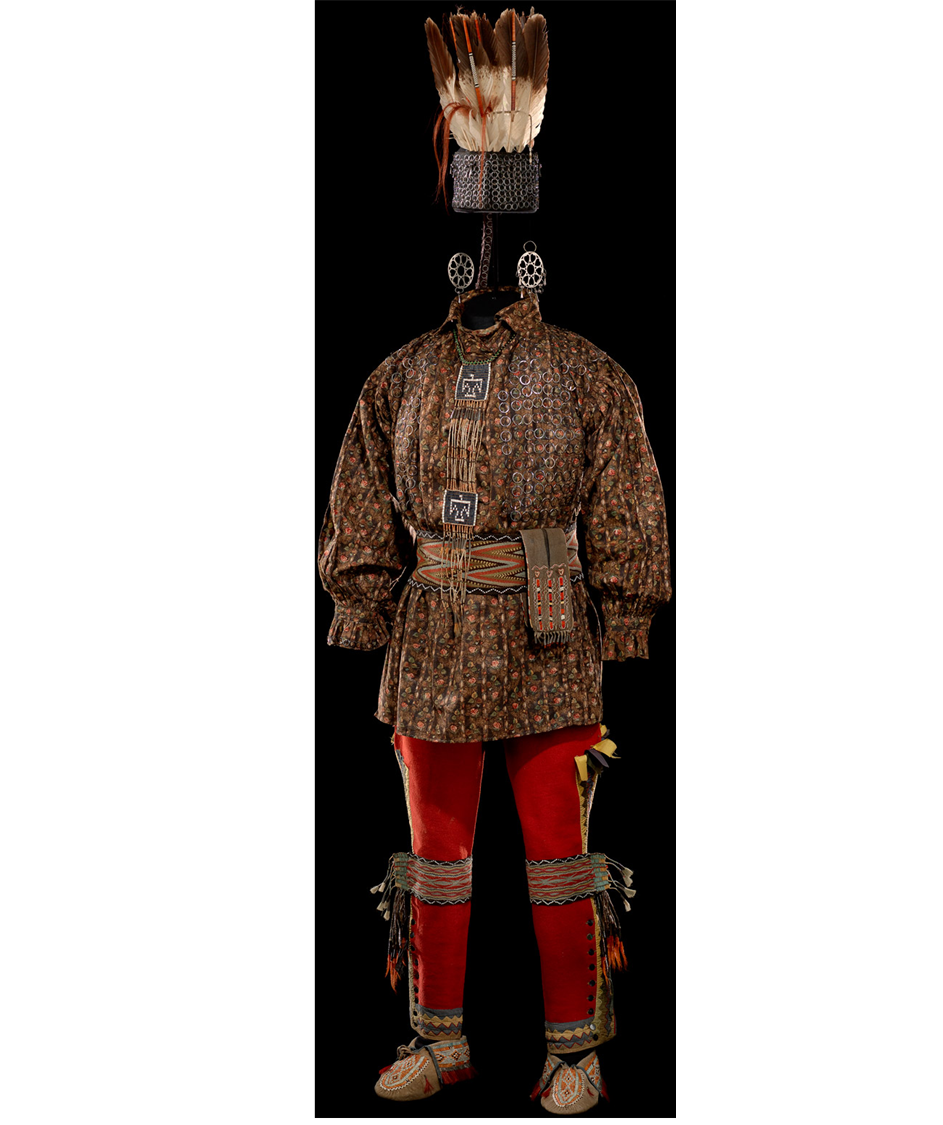
1790. Anishinaabe Culture
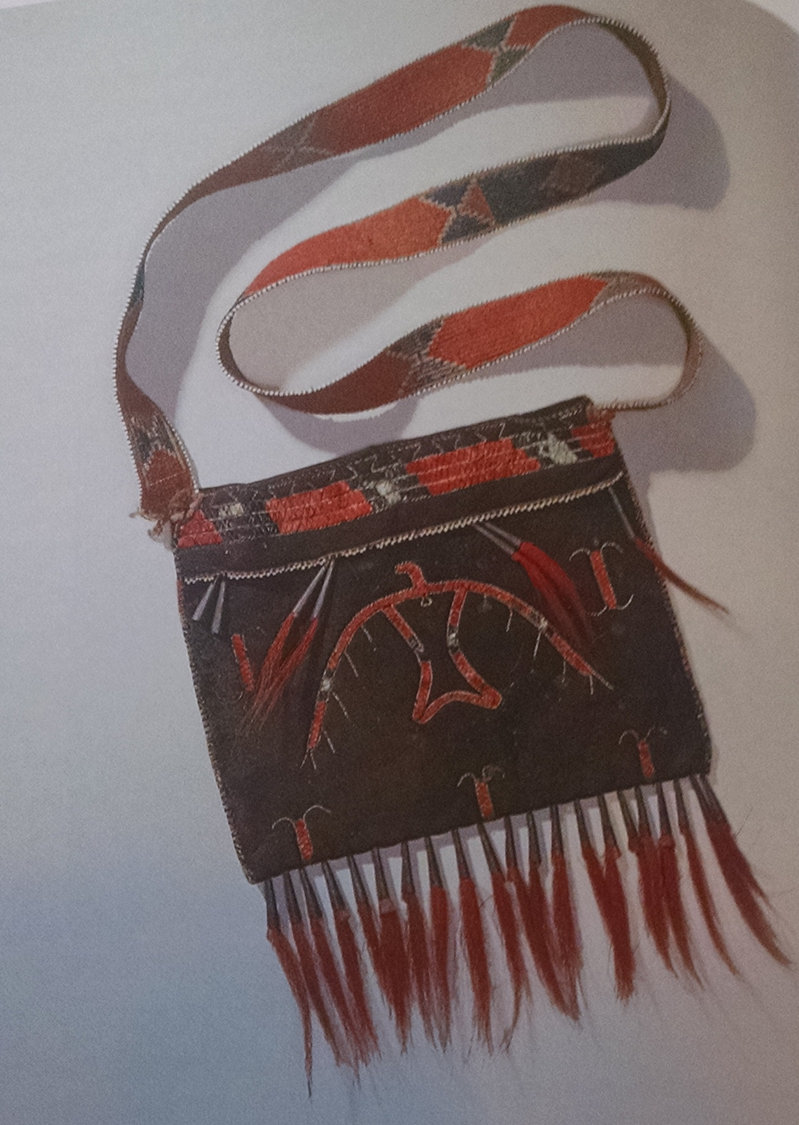
1760-84. Anishinaabe Shoulder Bag with great Manito
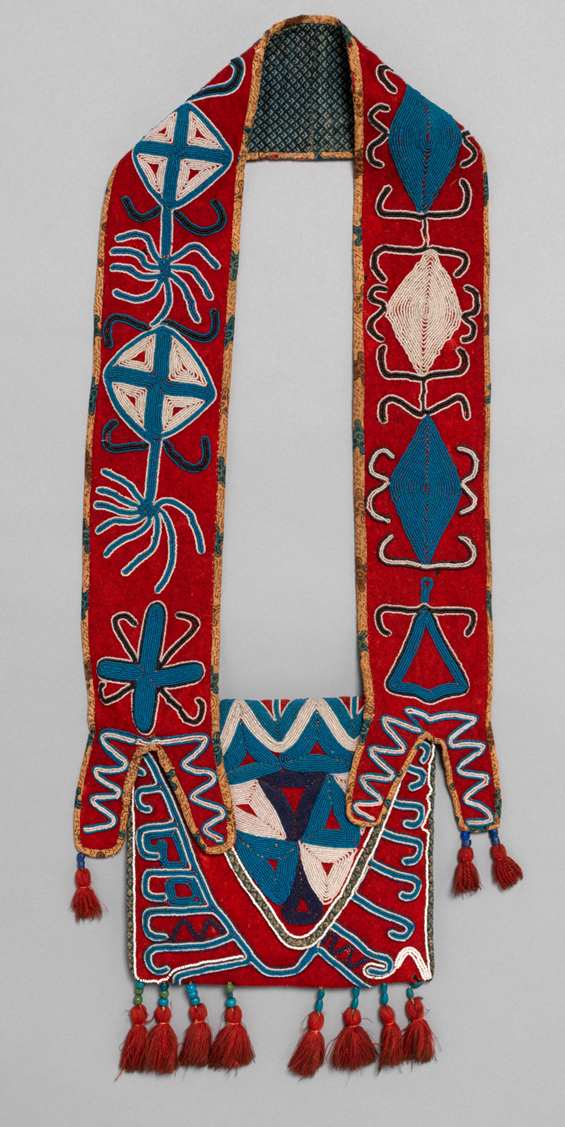
1830, Seminole

1870, Anishinaabe Bandolier bag
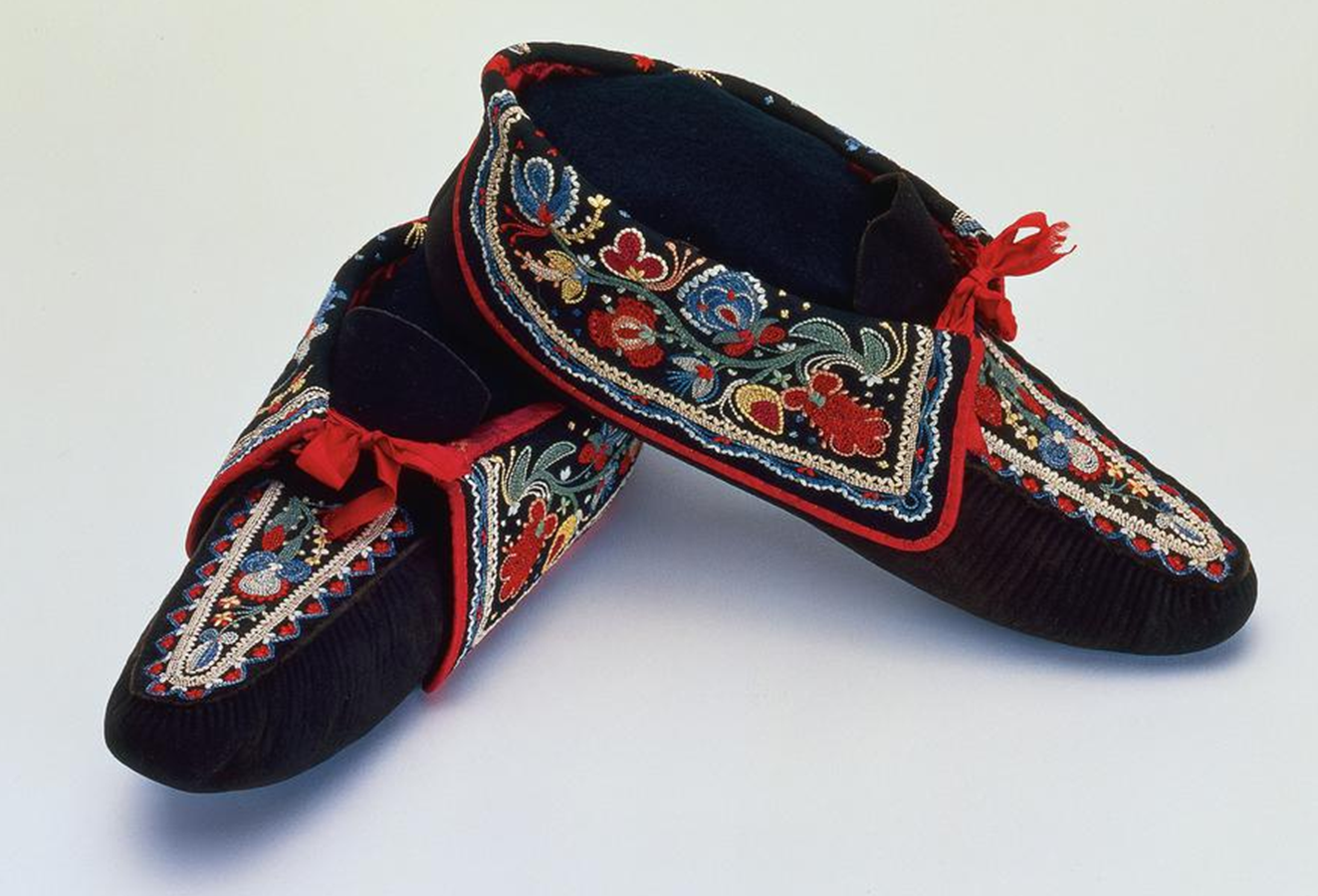
1847-53, Wendat Moccasins